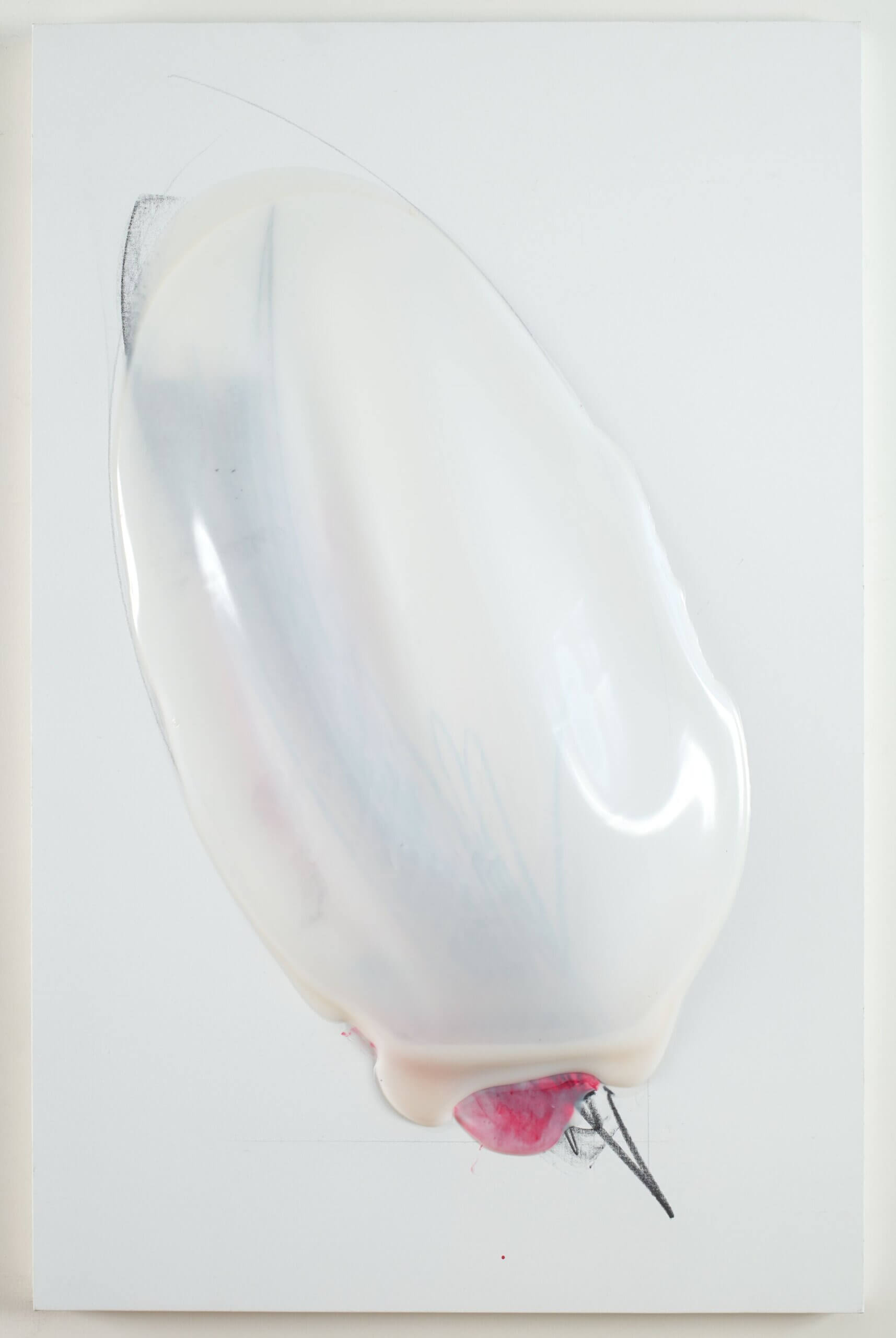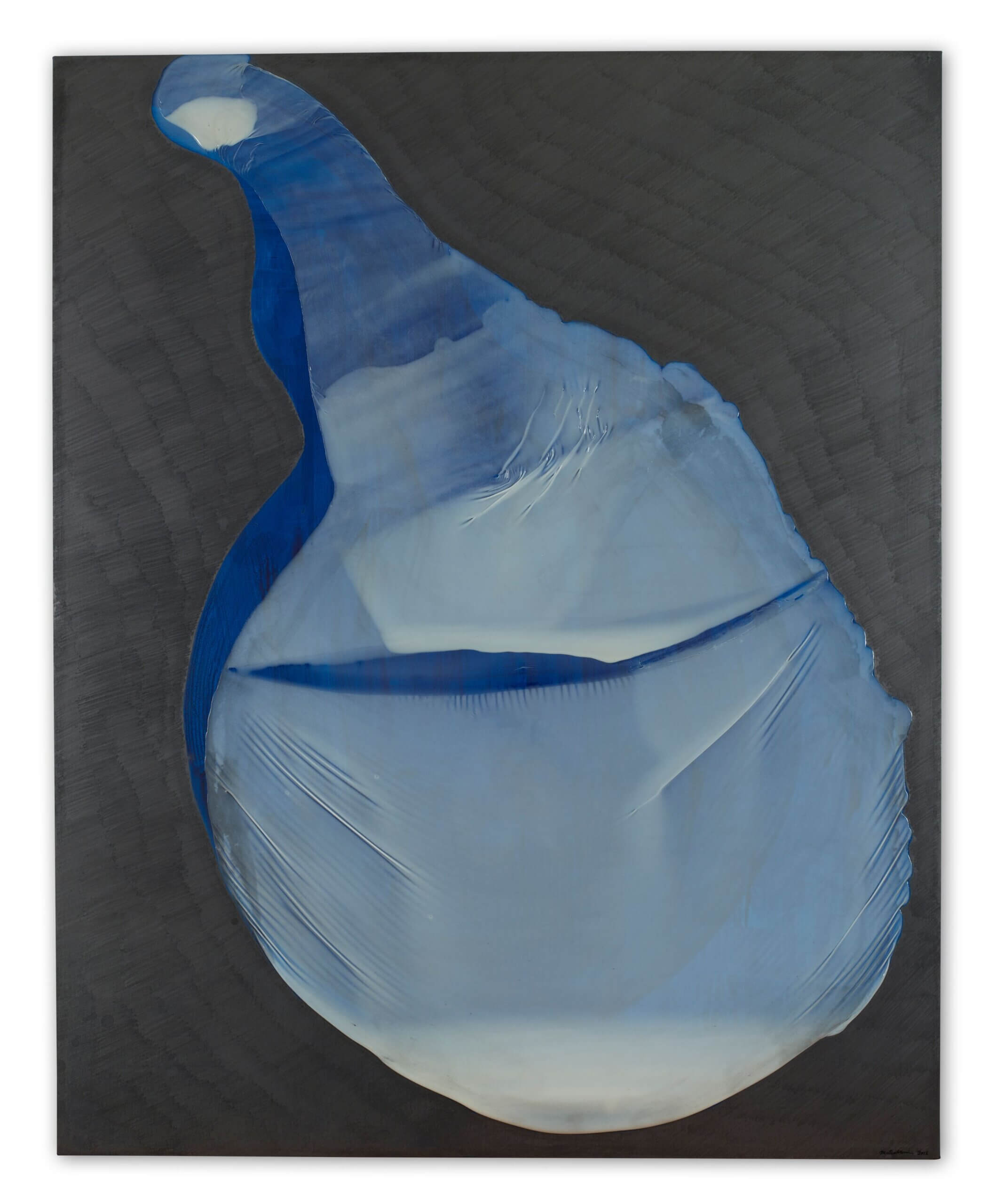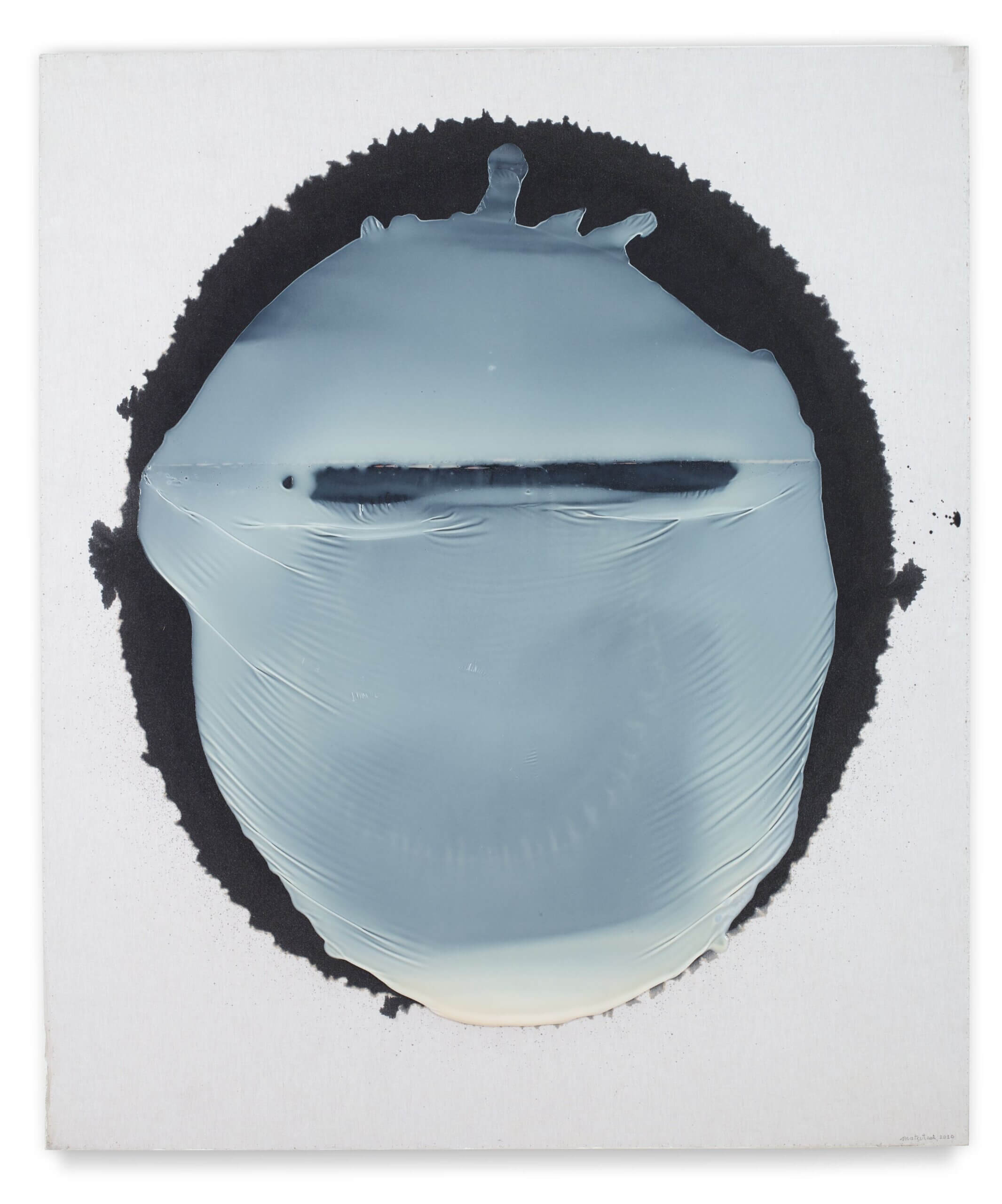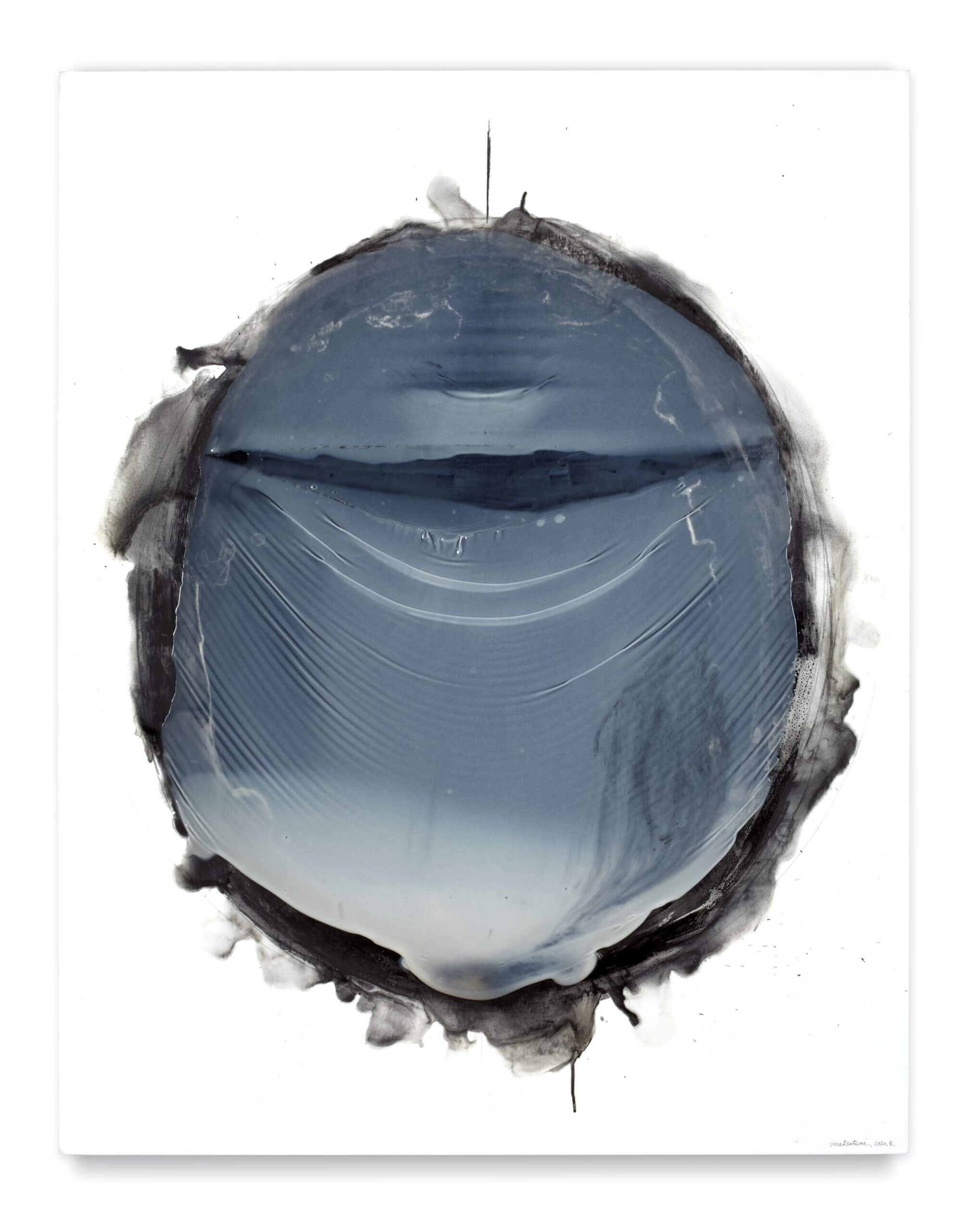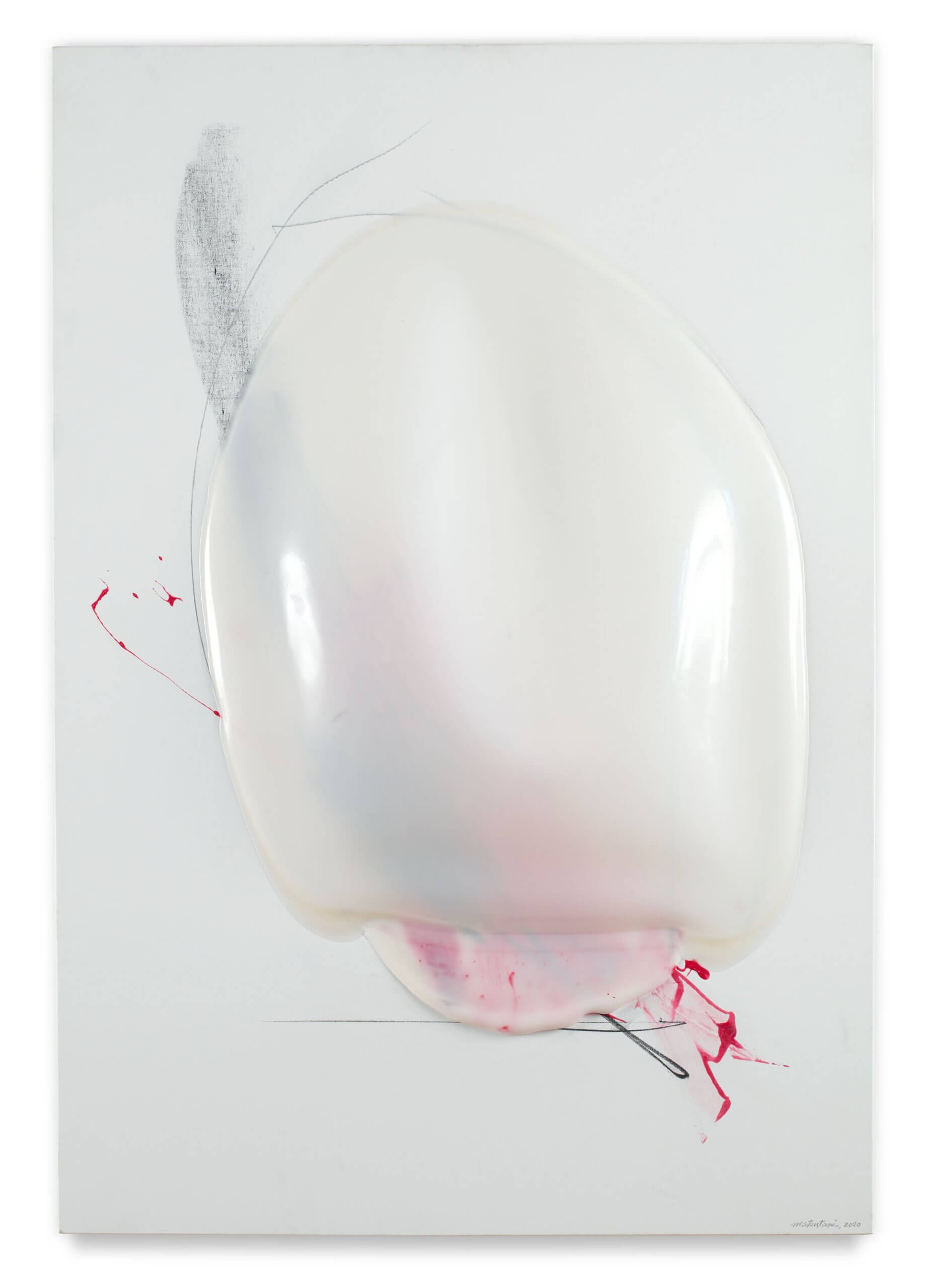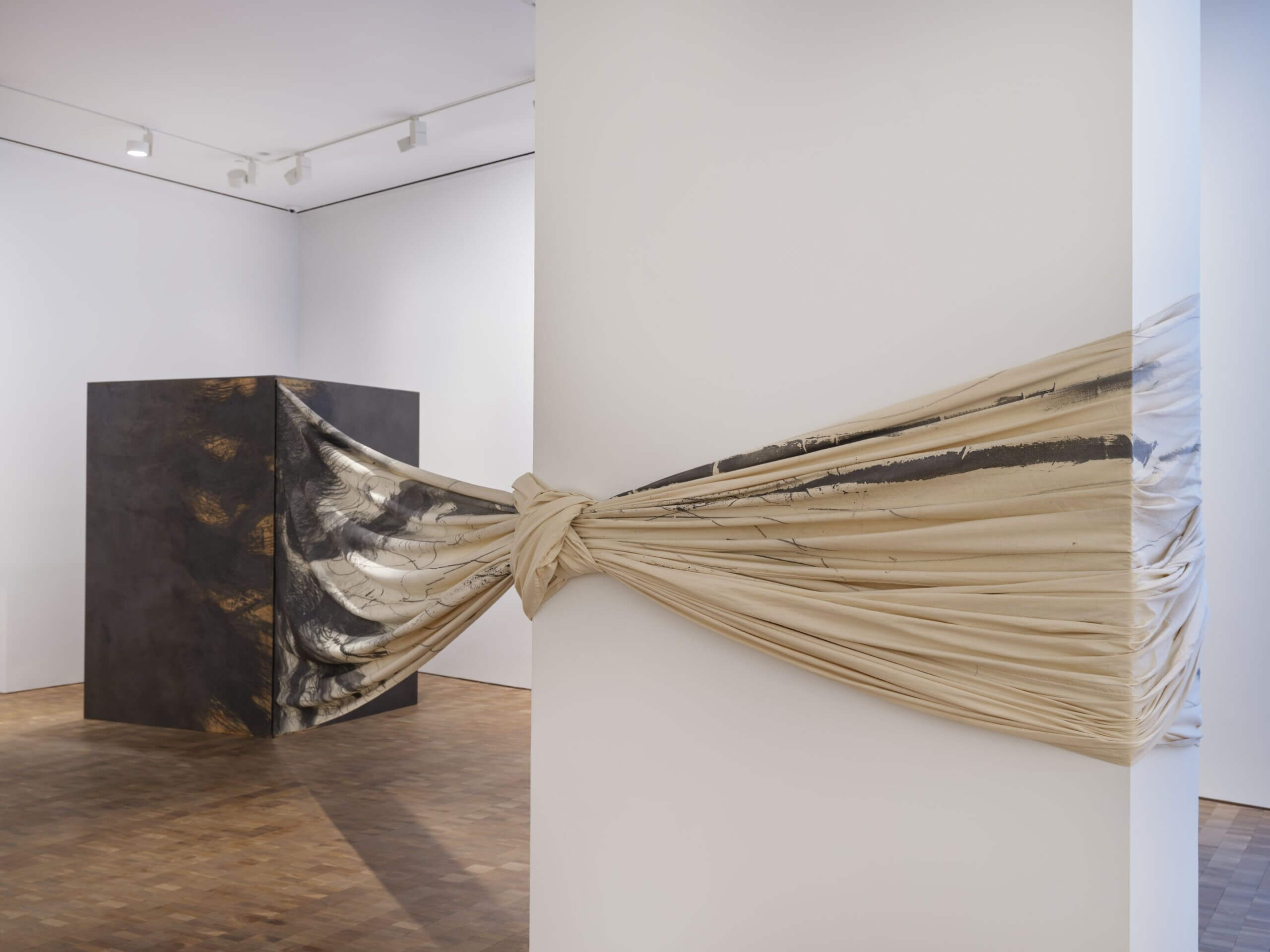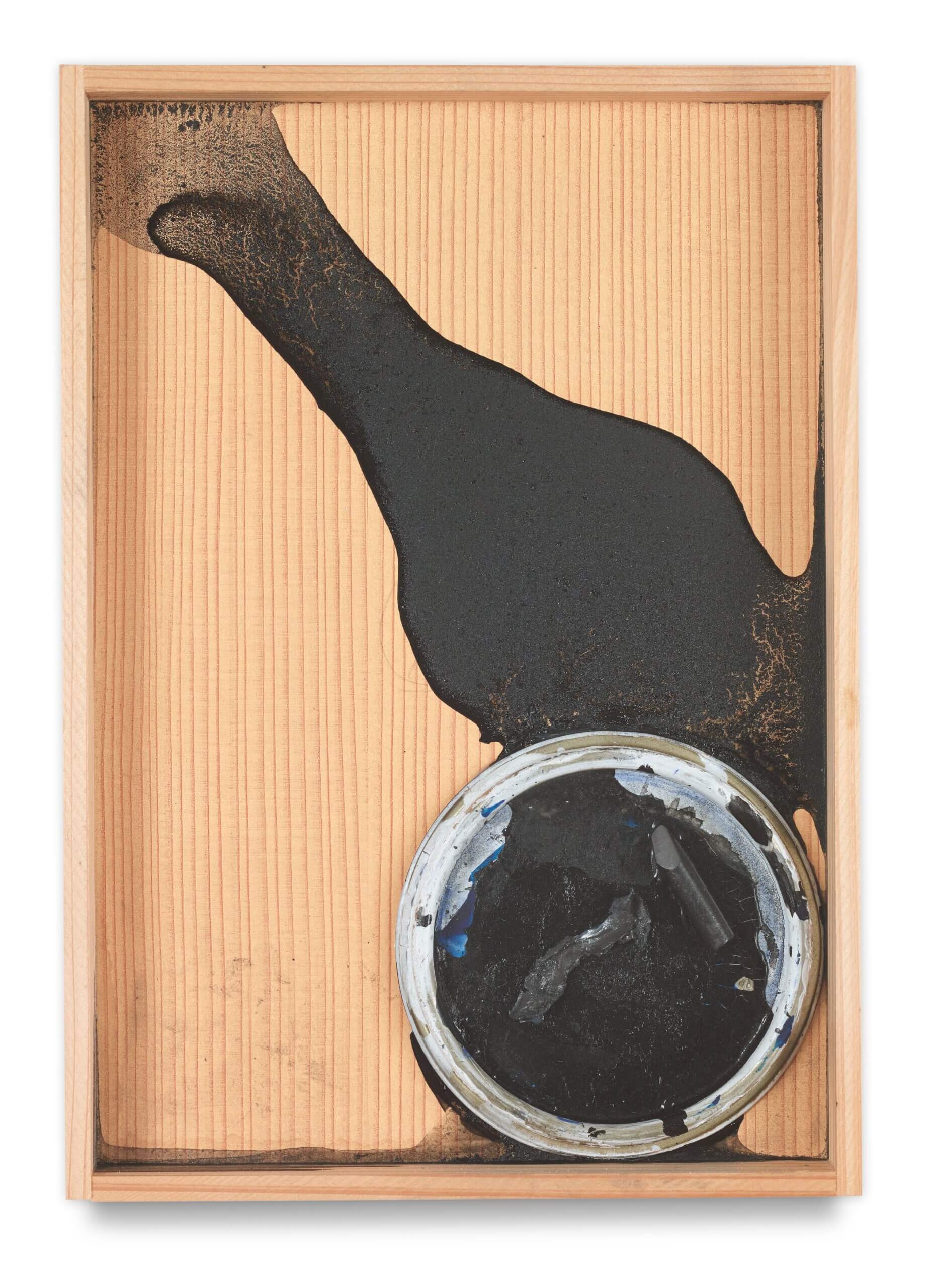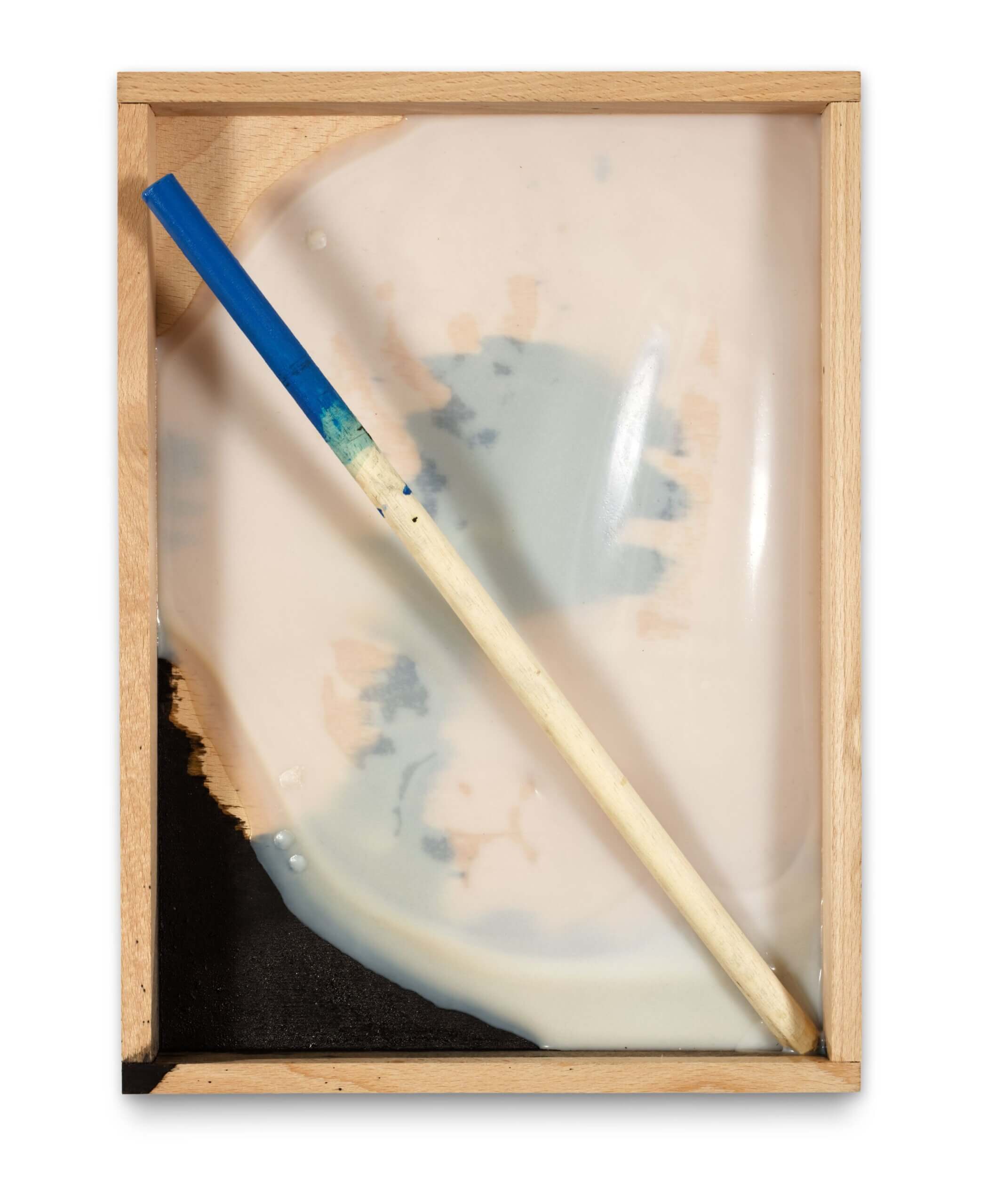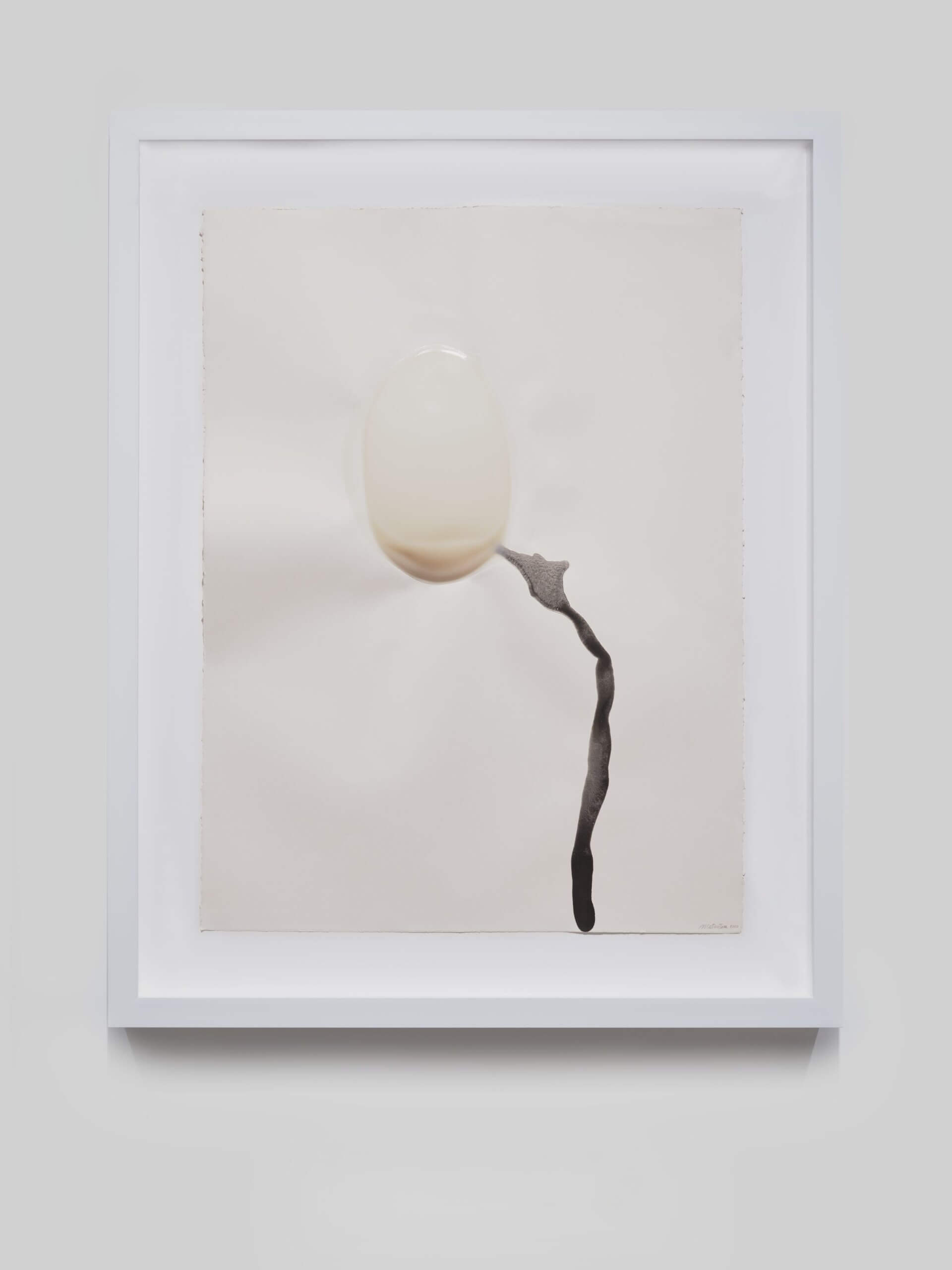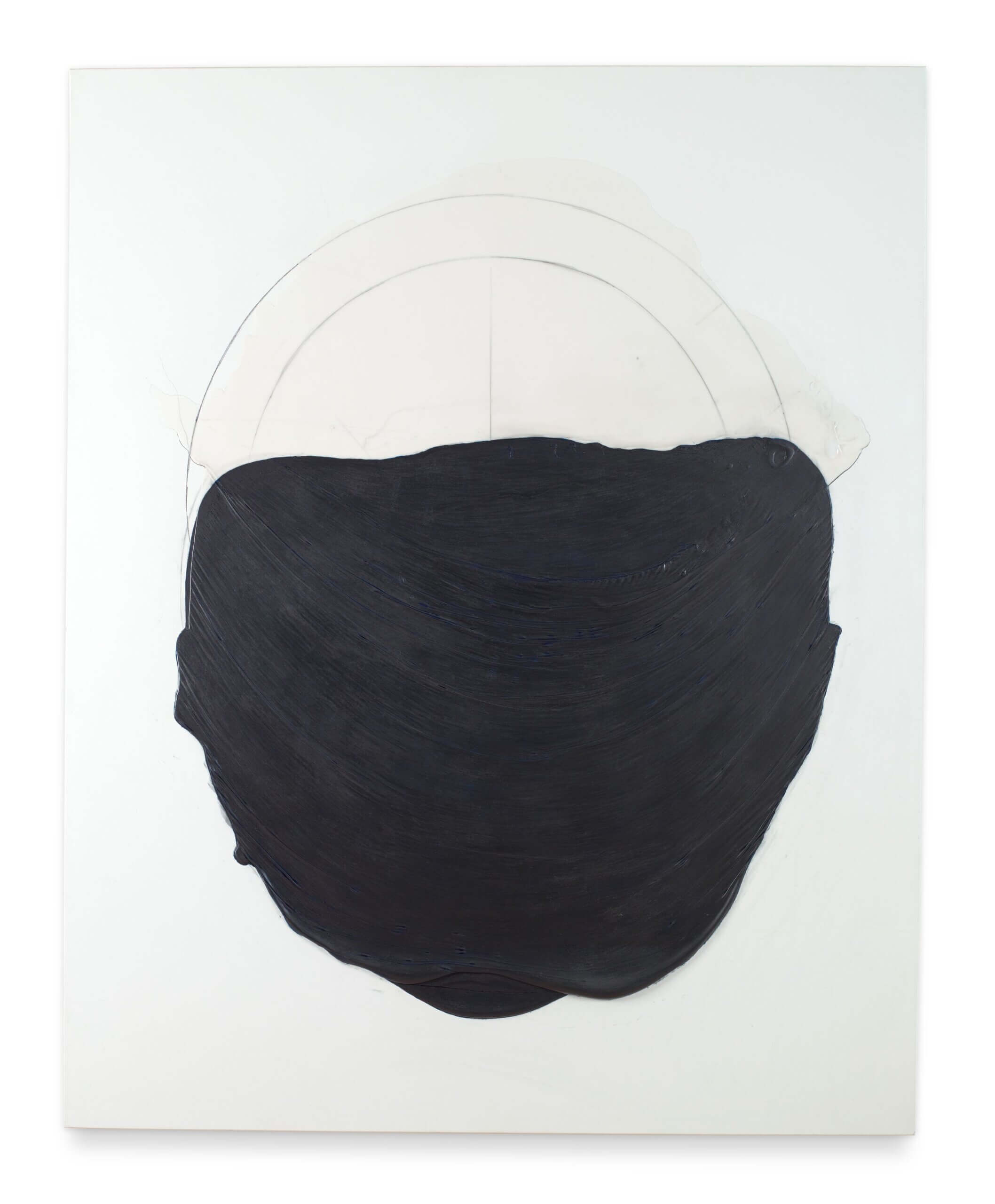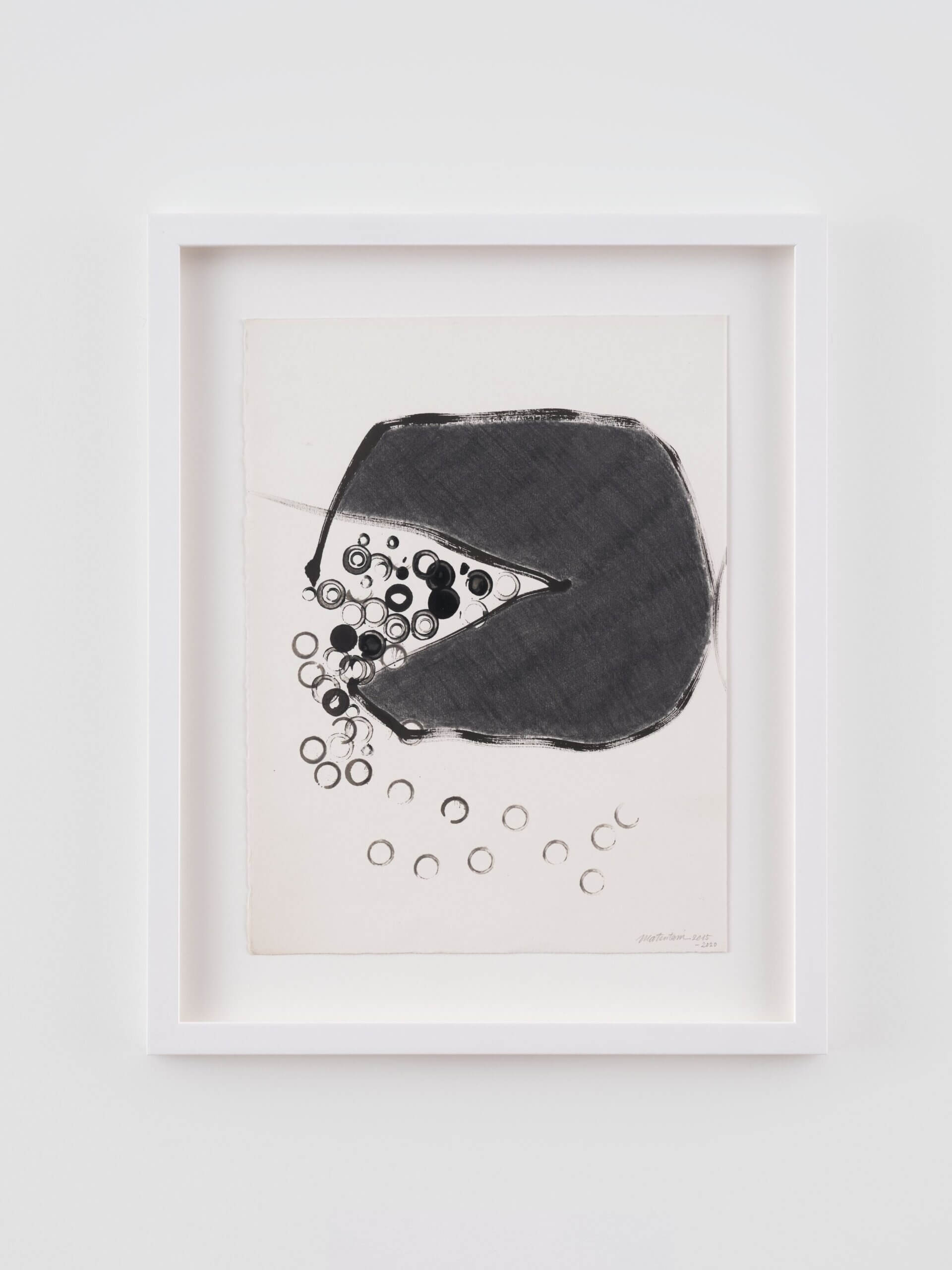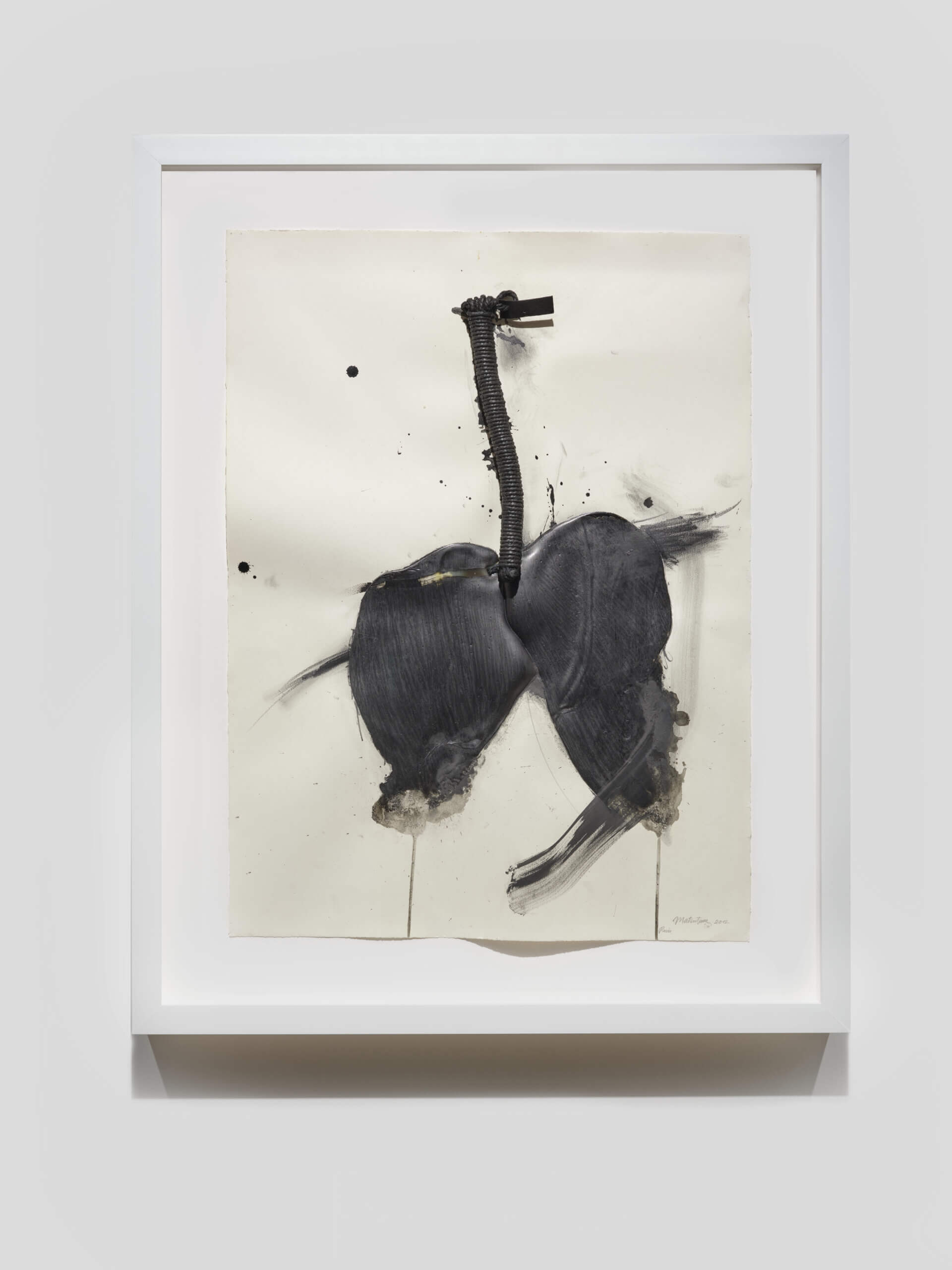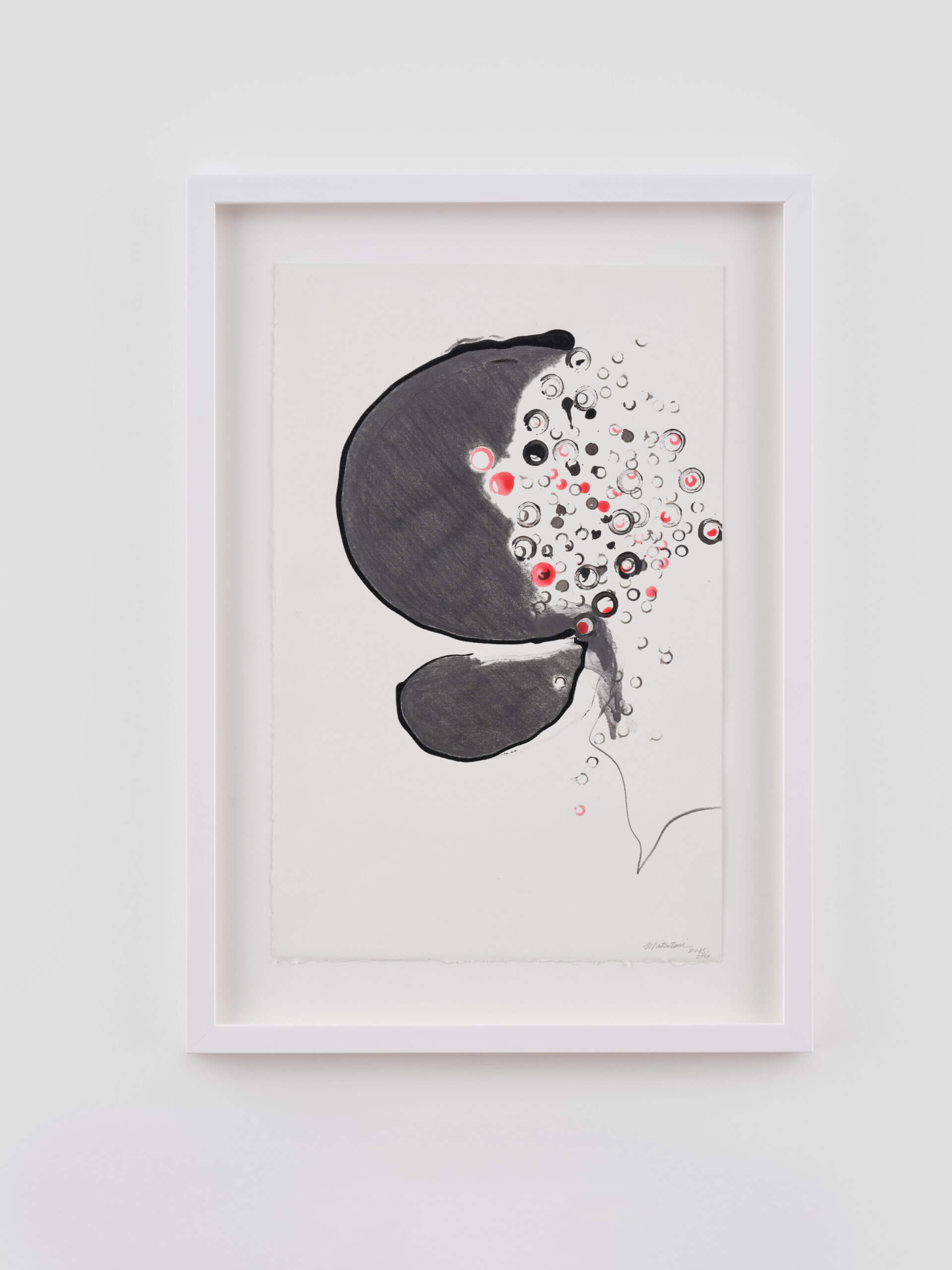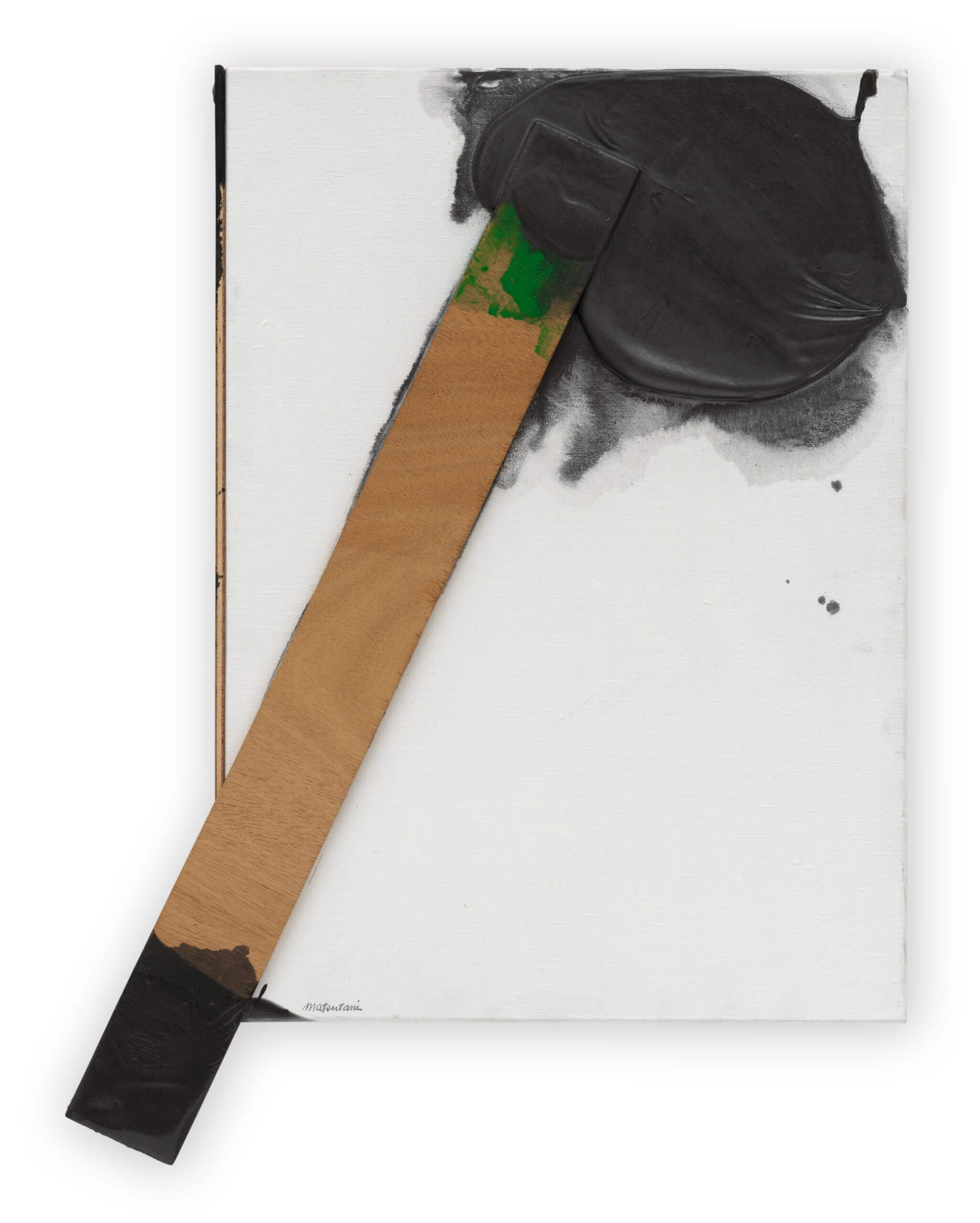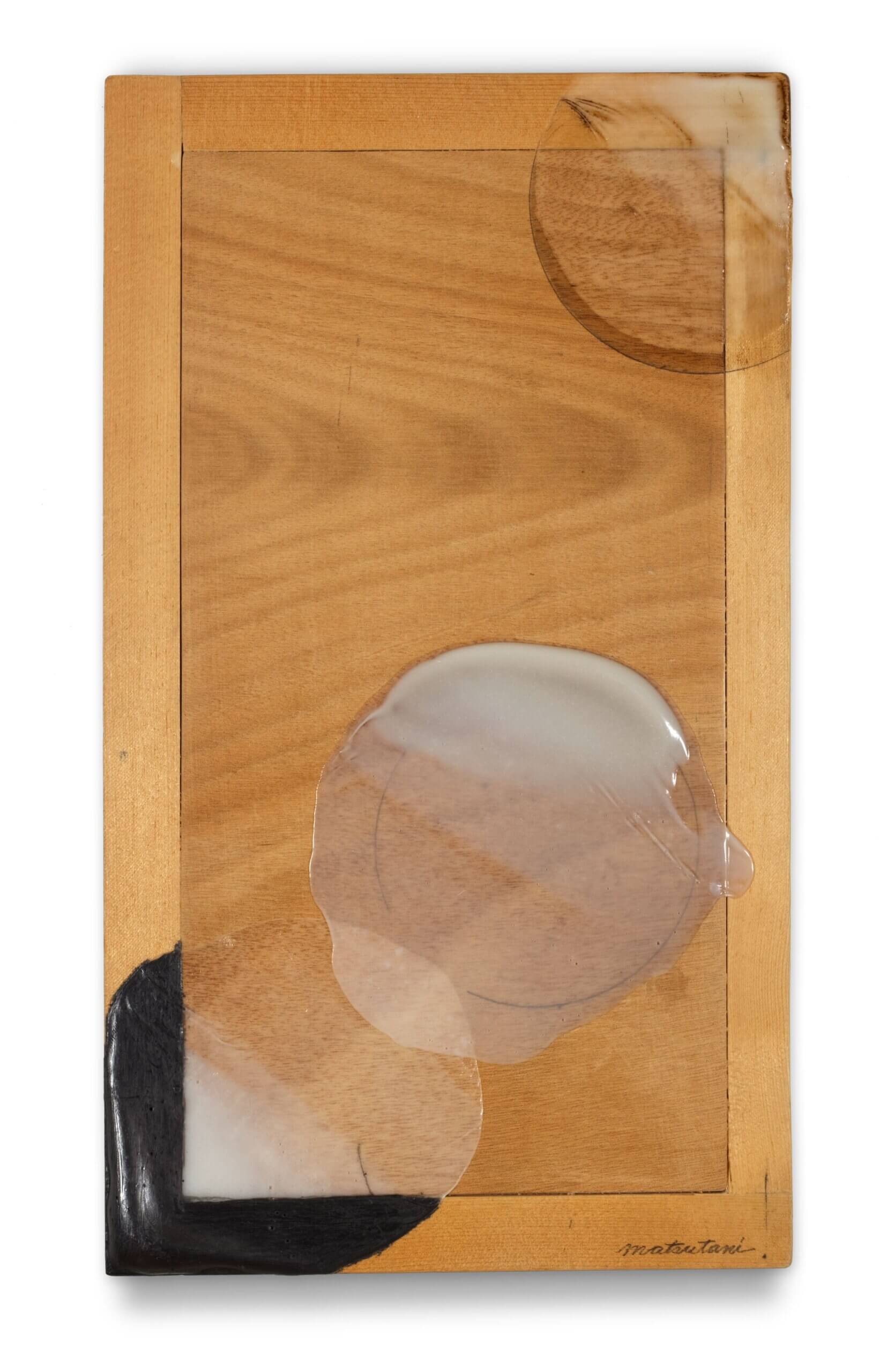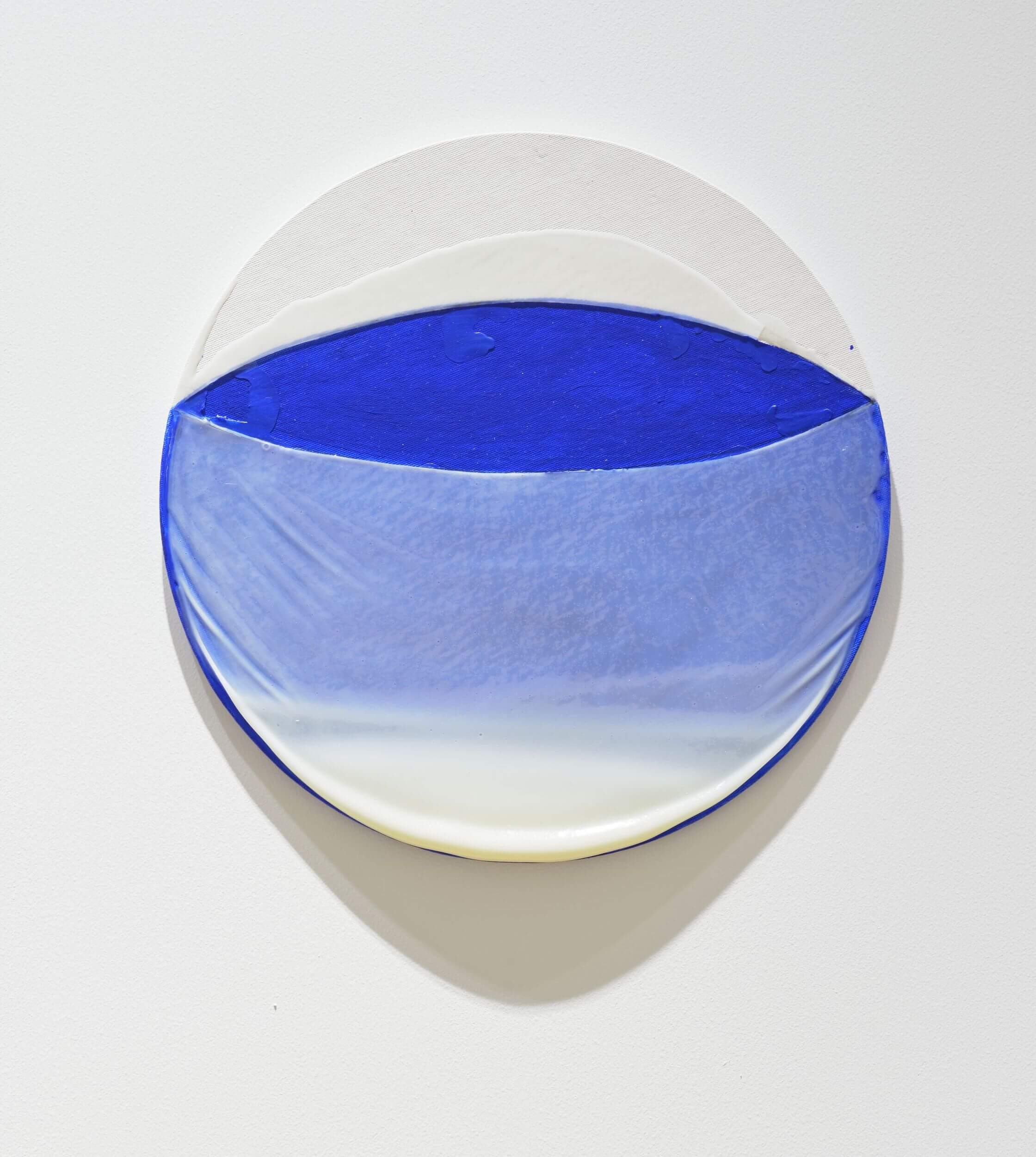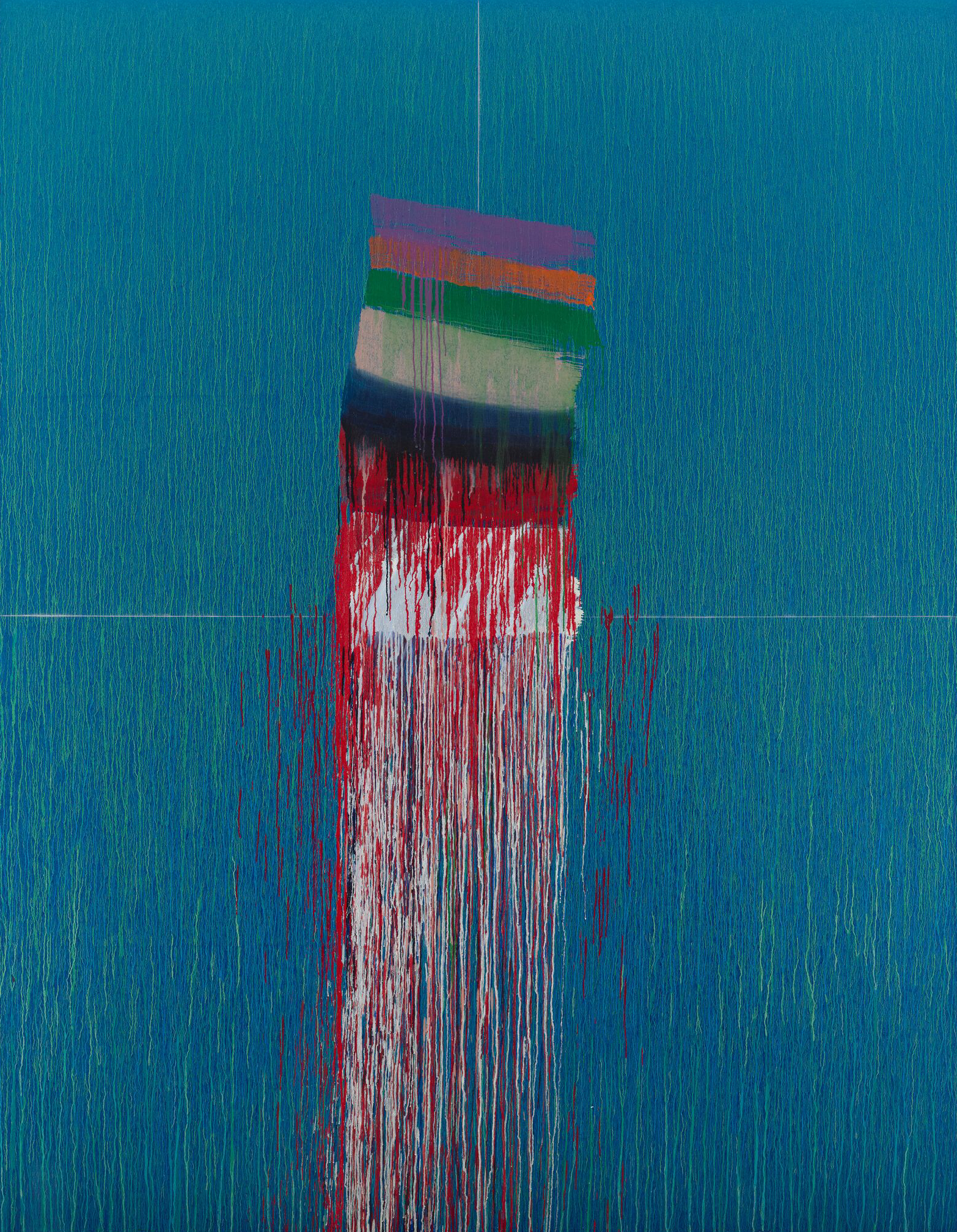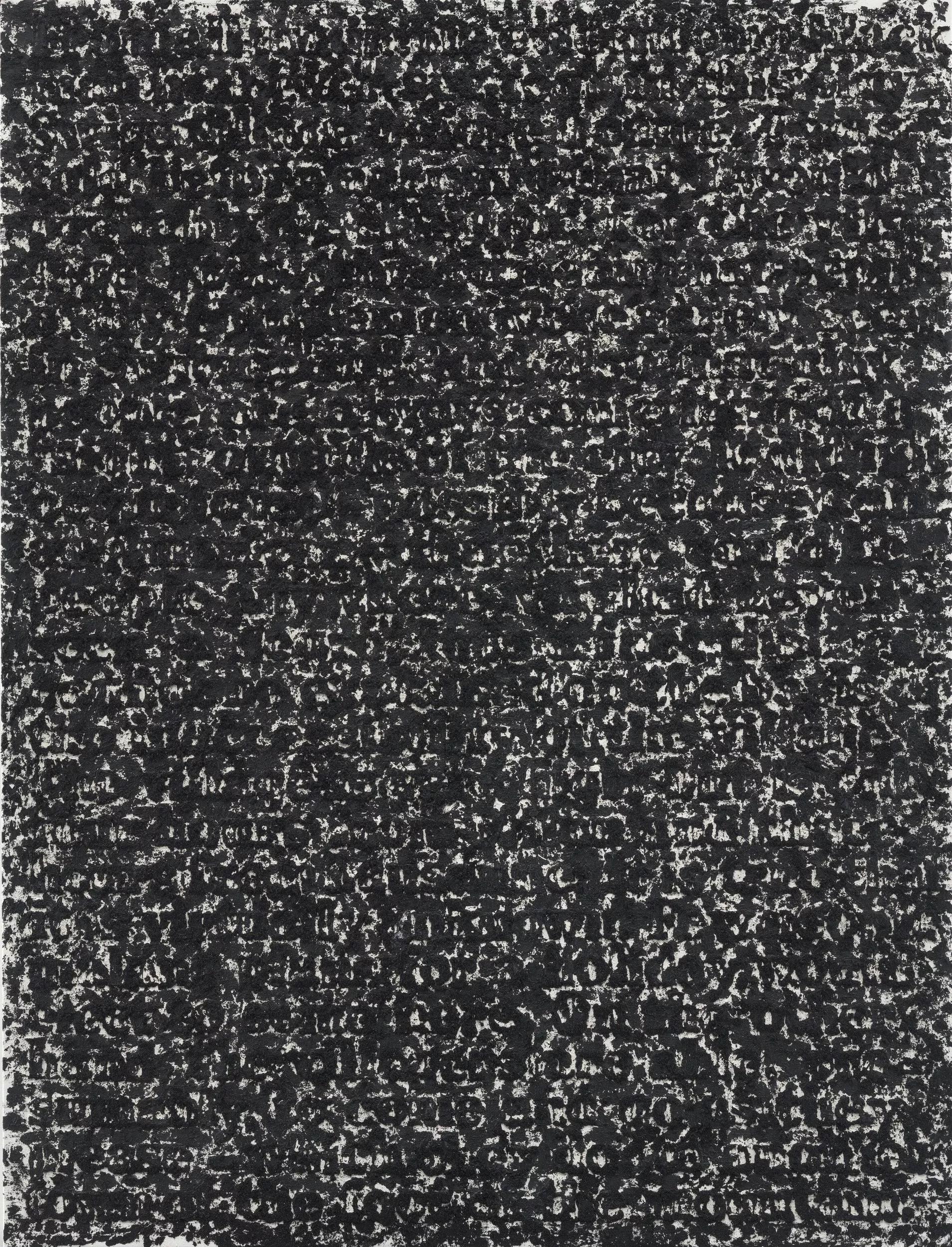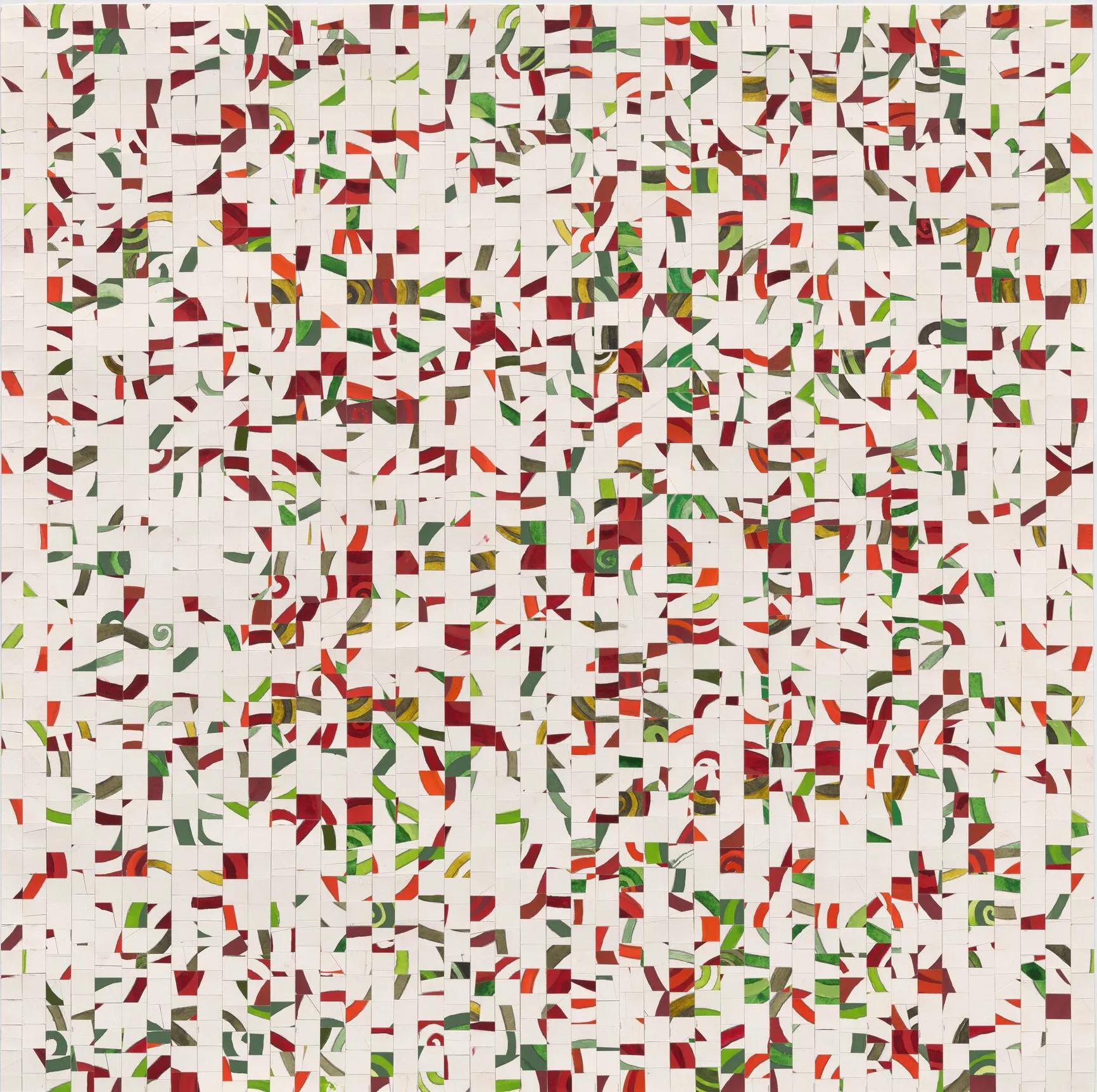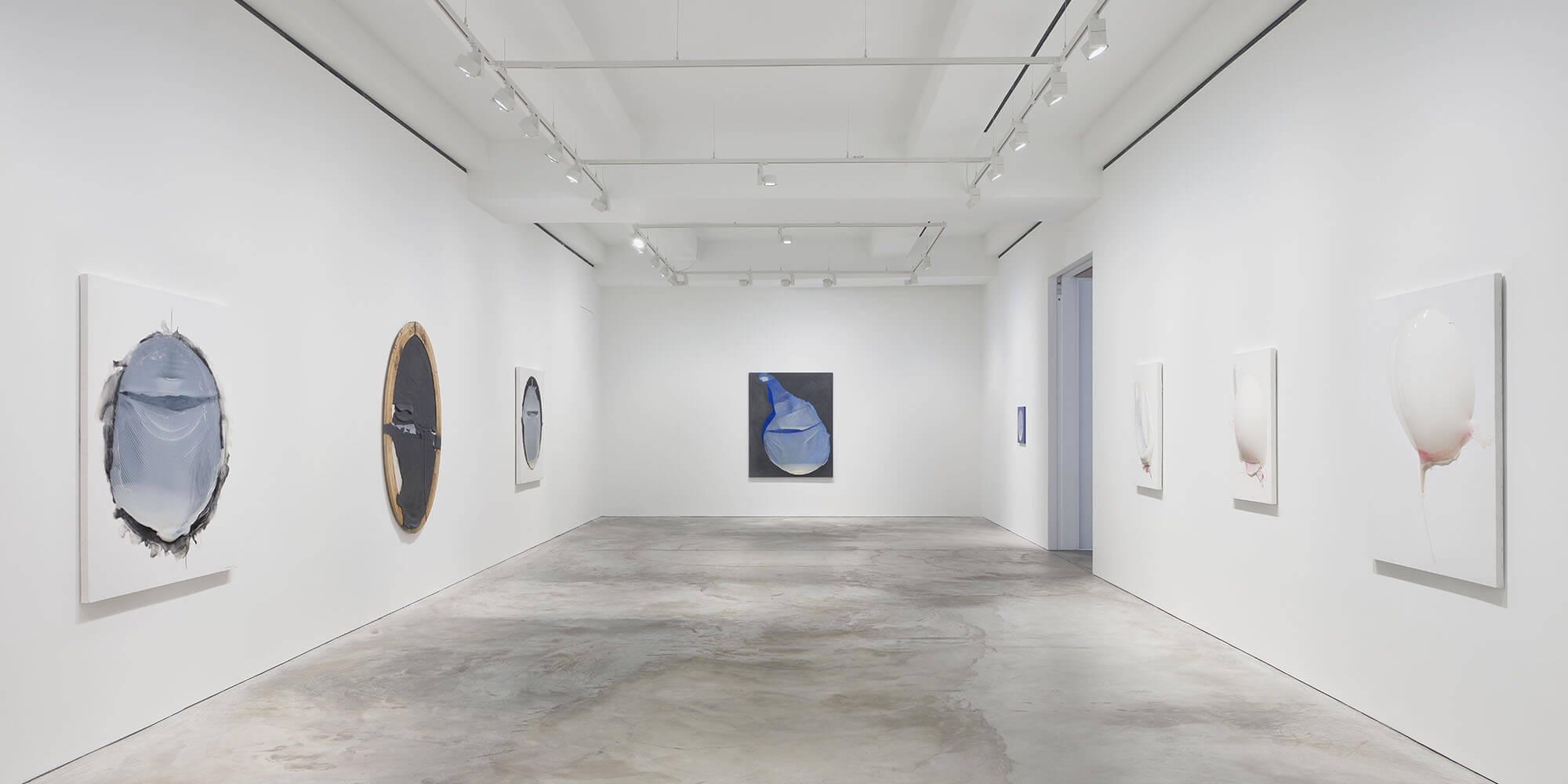
Takesada Matsutani
29 October 2020 – 11 February 2021
Hong Kong
For six decades the Osaka-born, Paris-based artist Takesada Matsutani has developed a unique visual language of form and materials. Organized with Olivier Renaud-Clément, the artist’s first solo exhibition in Hong Kong includes new mixed-media paintings, works on paper, assemblages and an important site-specific installation from the artist’s archive.
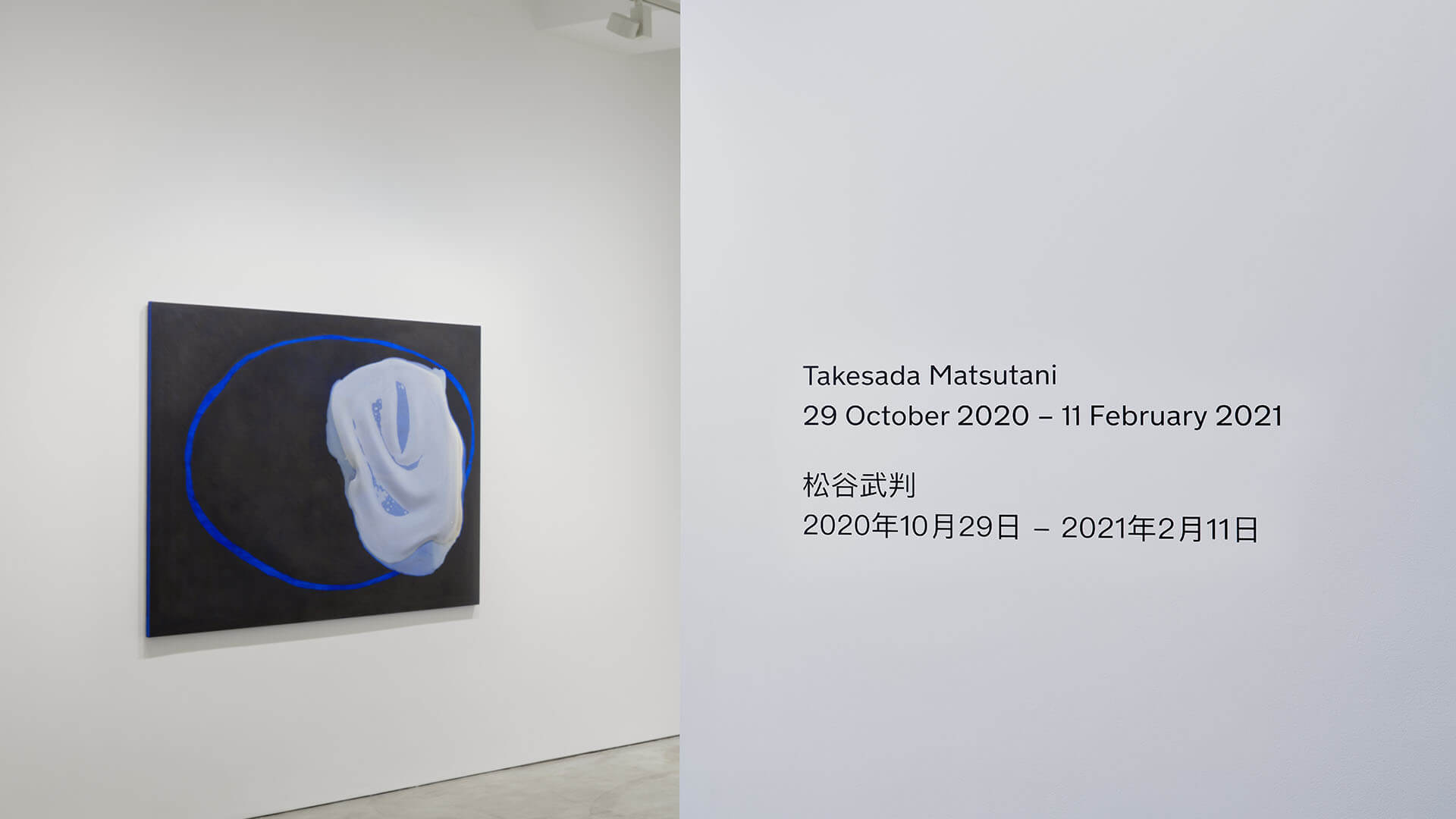
Explore the exhibition
Entering the gallery from the 16th floor, visitors encounter Matsutani’s recent paintings, many of which were created during quarantine. As one of the most important Japanese artists still working today, Matsutani continues to demonstrate the spirit of Gutai throughout his practice, conveying the reciprocity between pure gesture and raw material.
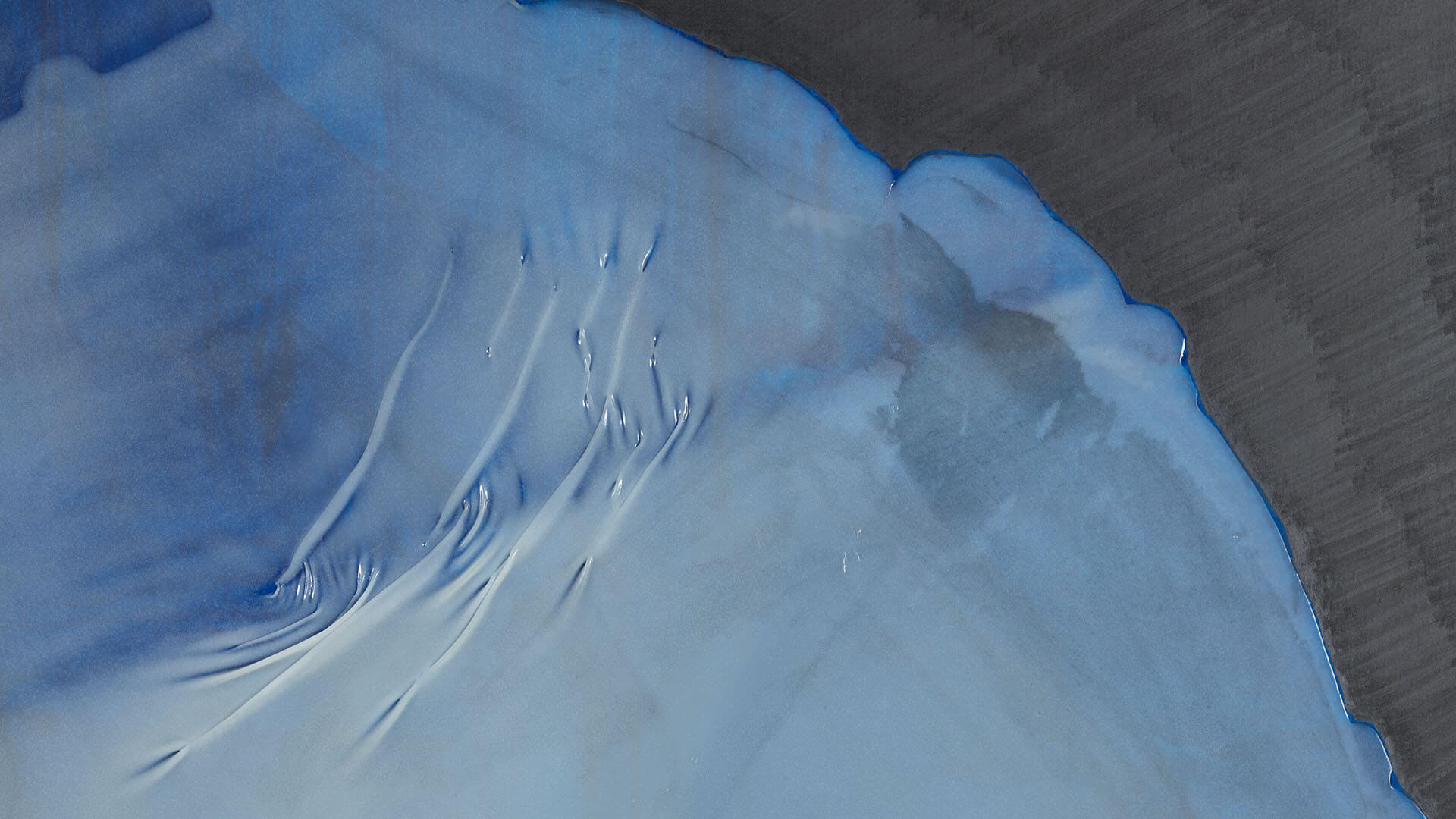
First inspired by blood samples he had viewed under a microscope in the 1960s, Matsutani began to develop his signature style of circular, bubble-like forms from blobs of vinyl glue that he deposited on the surfaces of his canvases. Matsutani went on to refine his unique method of pouring vinyl glue, inflating it with his own breath and slicing it or letting it collapse on itself as he dried it with a fan.
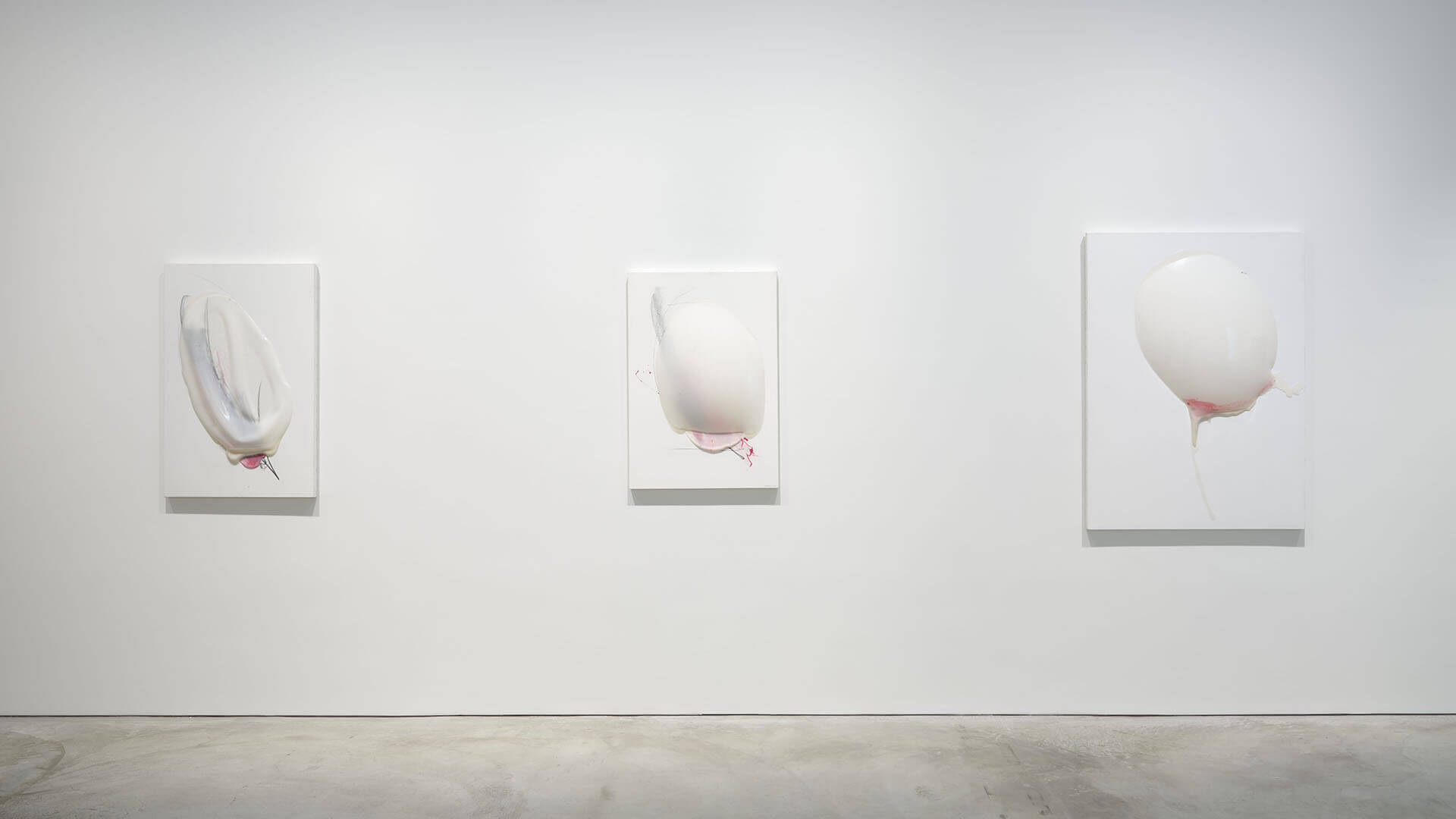
The strange, sensual forms of works that resulted, evoke deflated balloons, such as ‘Puffed up-1’ (2020) and ‘Puffed up-2’ (2020); broken egg yolks, as imagined in ‘Circle-Yellow A.M.’ (2019); or flesh and wounds, in ‘Slow Slow 20-6-8’ (2020). Arising from an elegant painterly surface, the shapes were simultaneously attractive and repulsive, sculptural and dynamic. The long hours that it takes to pour, dry, inflate and cut the vinyl glue, infuse the work with a sense of lived time.
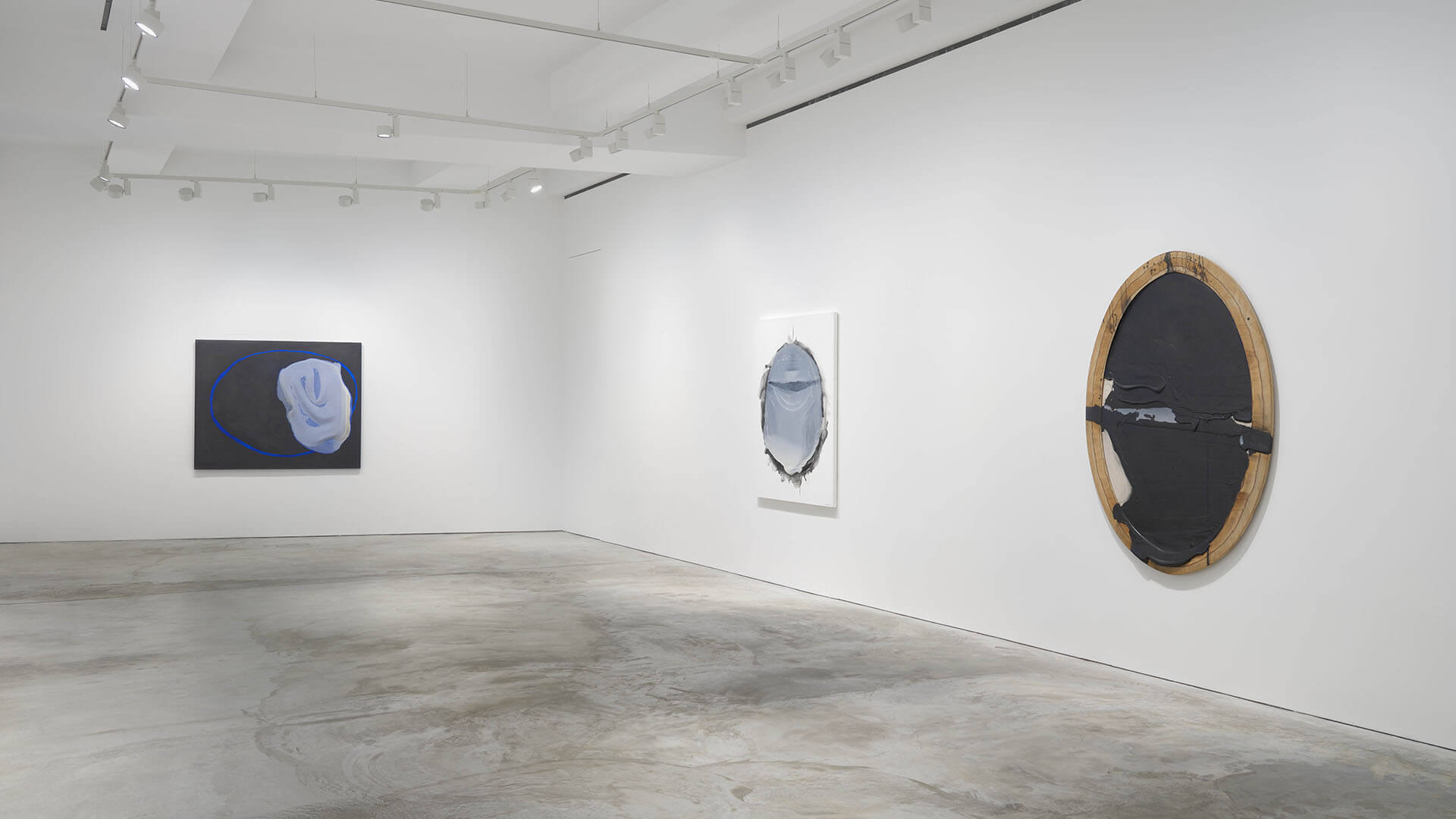
Decades have passed and Matsutani continues to be inspired by the tactility of vinyl glue, although today his method places more emphasis on the meditative and methodical. While he doesn’t consider himself a Zen practitioner in his art, he has felt a profound affinity with the philosophy’s call for a ‘return to the simplicity of everyday experience’; its rejection of ‘system based thinking’; and its emphasis on ‘a constant moment-to-moment praxis’. In his multifaceted works, Matsutani attempts to stop time, to materialize a suspended moment, and acknowledge the repetition and fluidity of everyday life.
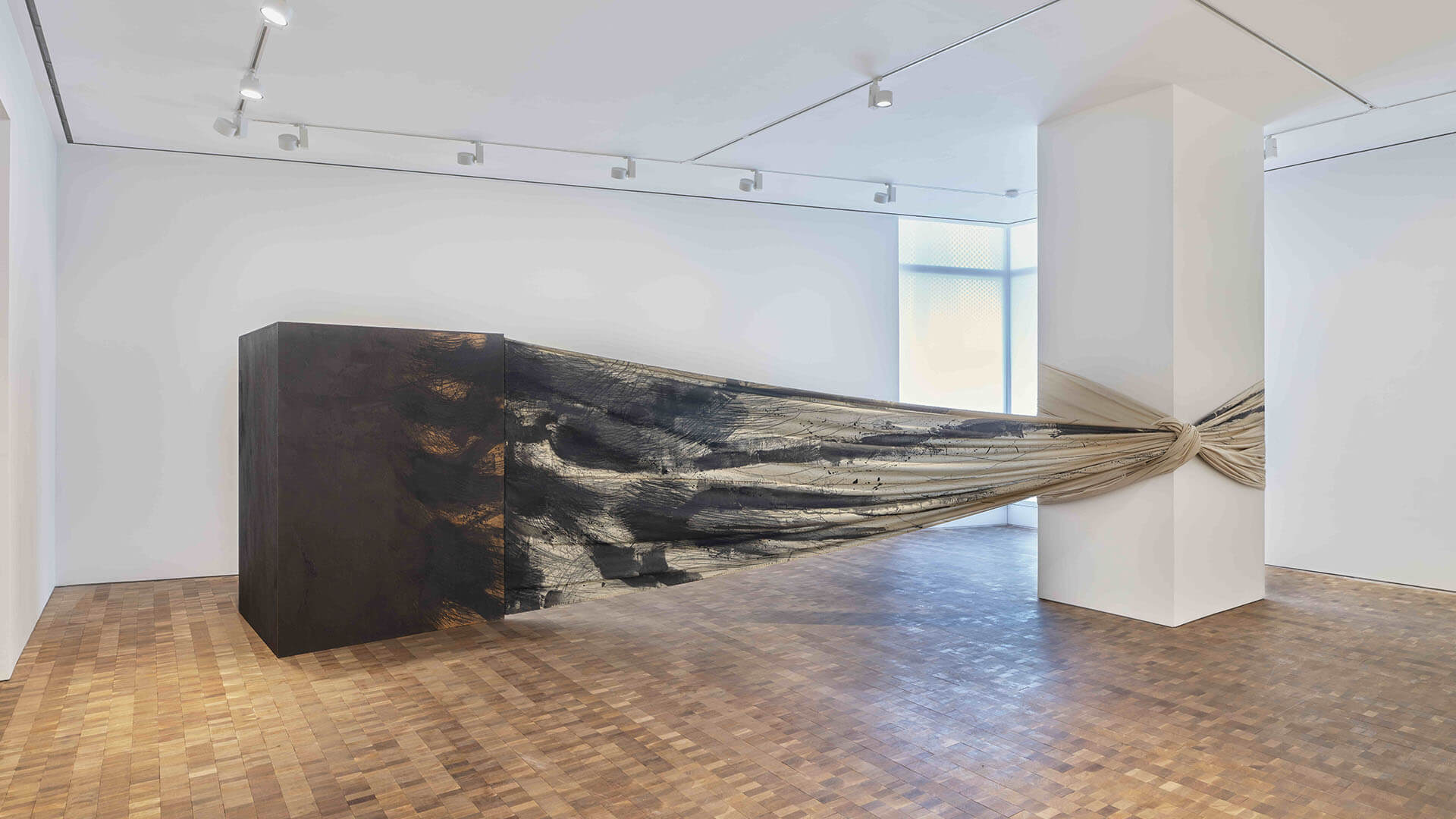
Moving to the gallery spaces on the 15th floor, visitors encounter a large-scale site-specific installation entitled ‘The Magic Box’, a rigorously constructed cube with extended sails. The work was first exhibited at Centre d’art contemporain Pablo Neruda, Corbeil-Essonnes, France in 1988. Matsutani’s ongoing series of installations are always composites, allying diverse possibilities. Through this mode, Matsutani has remained faithful to his past, while also revisiting his country’s traditions and finding a radical way to break with artistic conventions.
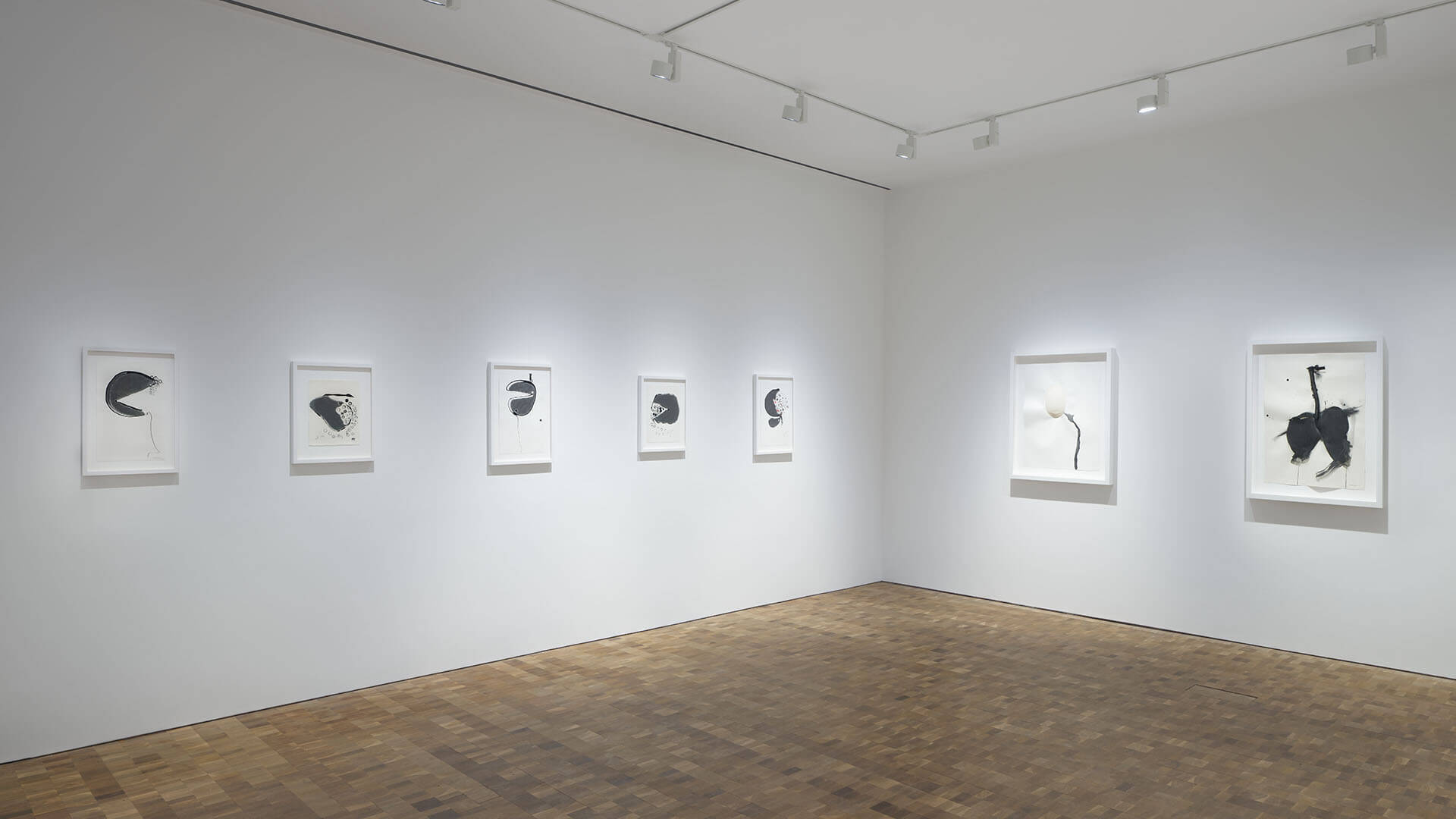
The exhibition also includes a selection of works on paper. Living in Paris in the 1970s with limited resources, Matsutani was compelled to reconsider the essential tools of art-making. The inexpensive materials of graphite and paper allowed the artist to discover the elementary and immediate technique of black and white drawing. He was exploring what surface could emerge out of an accumulation of repeated pencil strokes – a practice he has continued over the last 40 years.
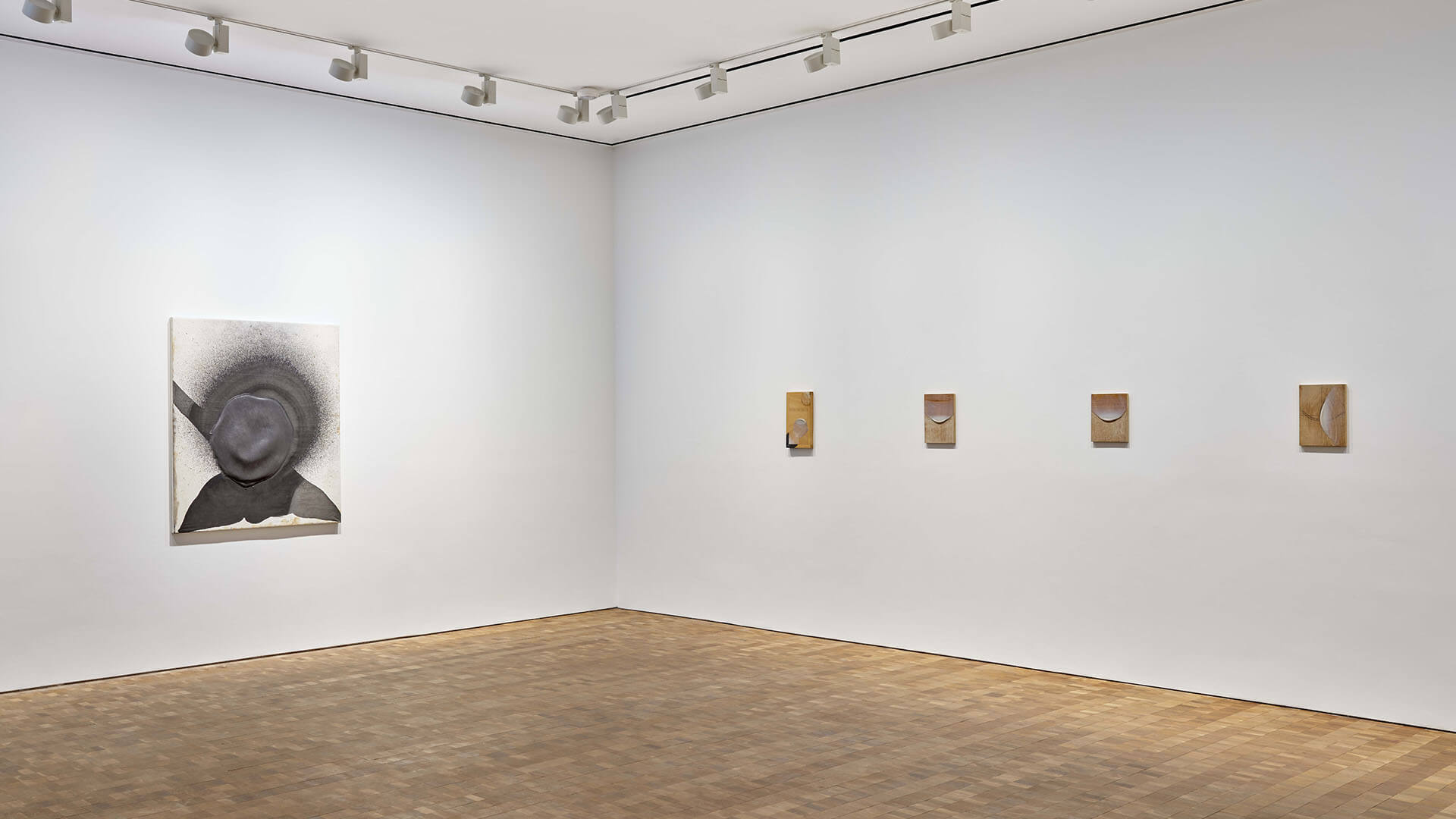
As the deep blackness began to materialize, the process became almost diary-like, with each stroke upon stroke and the deepening tone representing the passing of time. The drawings, taken as a whole, provide an impressive summary of Matsutani’s practice. In one, there is the pencil’s insistence; in another, an oscillating in stream is evaporating. His zen-like approach to these simple materials and the meditative repetition of the strokes allowed Matsutani to consider their connection to his Japanese heritage.
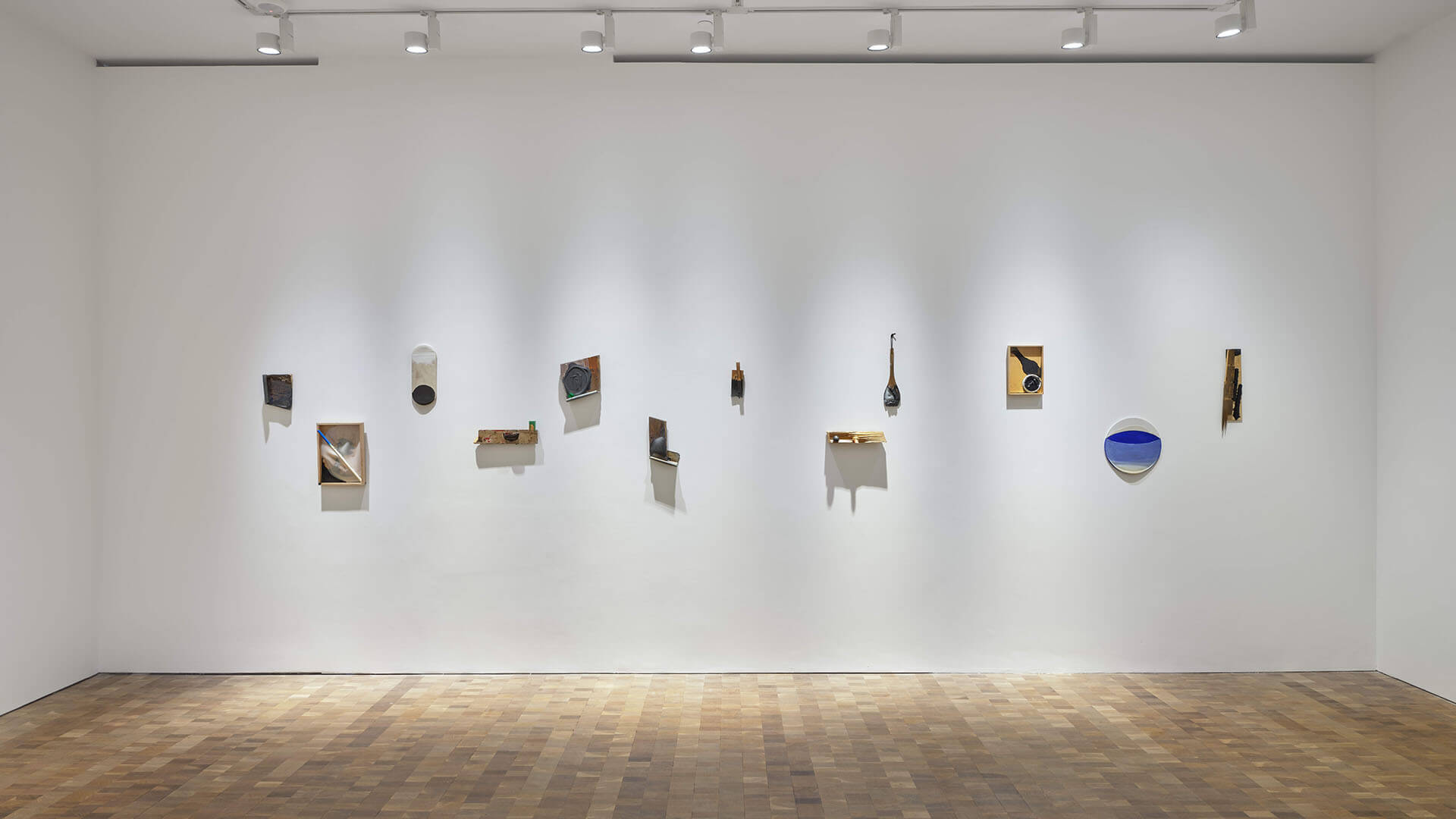
The final room of the exhibition houses a group of assemblages, created using a range of materials and found objects including vinyl glue, plastic, graphite pencil, wood and cardboard, evoking notions of the erotic or surreal. These intriguing works initiate investigations between soft and hard material forms. The softness of the vinyl glue is countered by the hard objects, yet it’s ability to absorb them allows for organic shapes to emerge, achieving a balance.
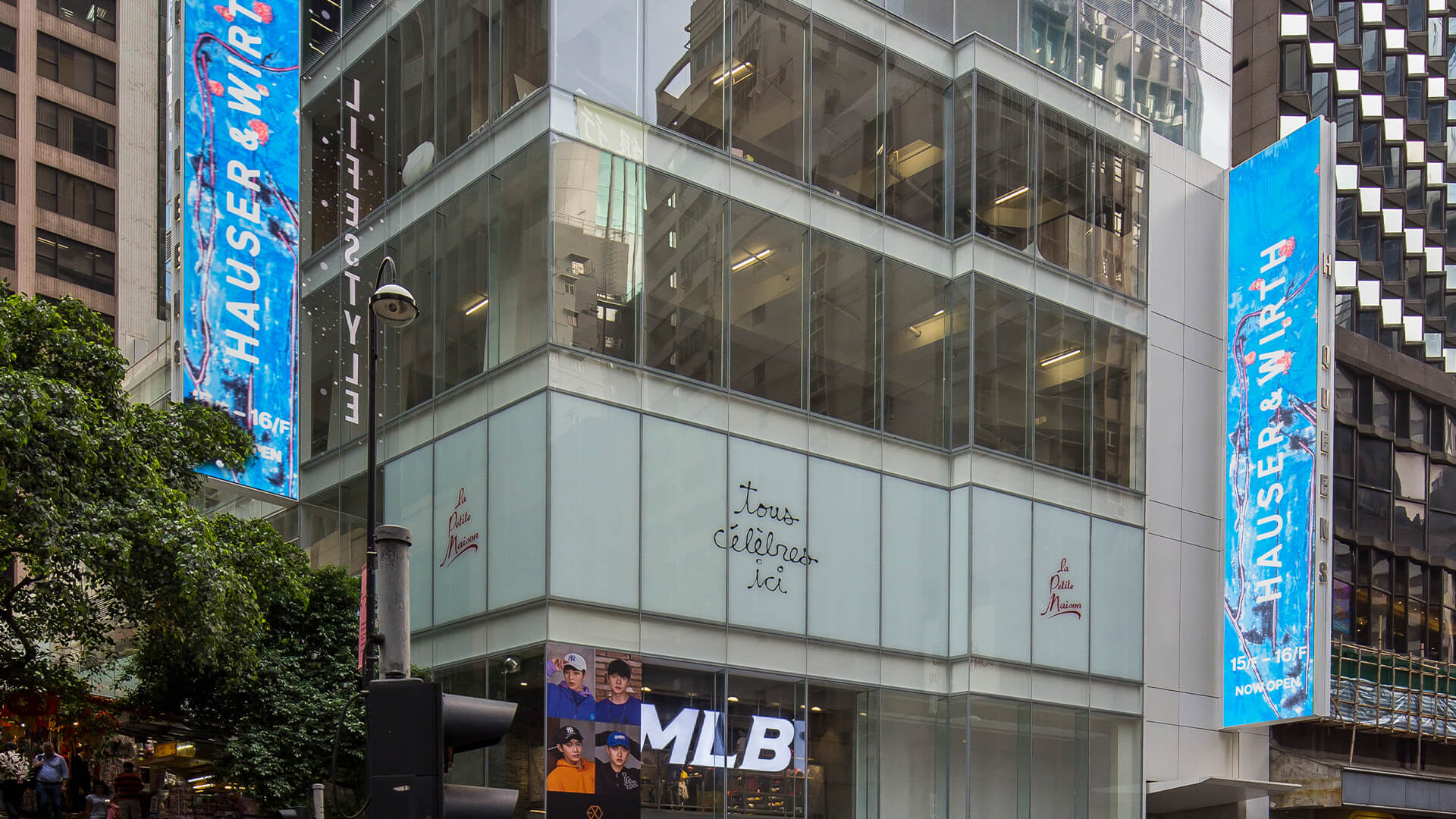
On view in Hong Kong
Hauser & Wirth Hong Kong is open Tuesday – Saturday, 11 am – 7pm. Please visit our location page for further information.
About the Artist
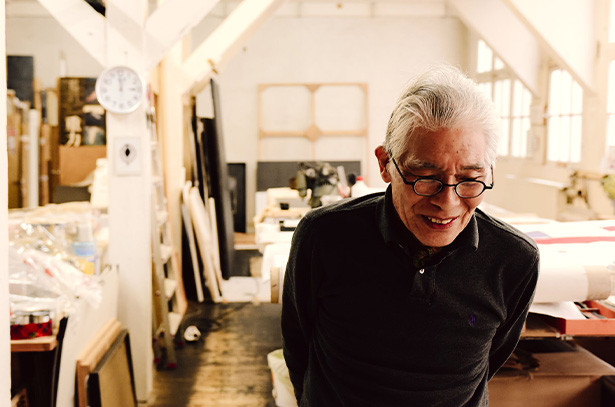
Takesada Matsutani
From the early 1960s until the 1970s Matsutani was a key member of the ‘second generation’ of the influential post war Japanese art collective, the Gutai Art Association. Over five decades Matsutani has developed a unique visual language of form and materials. As part of the Gutai group, Matsutani experimented...
Inquire about available works by Takesada Matsutani
The artist’s unique visual language forms one of the most pioneering oeuvres to emerge from post-war Japan and is continually celebrated globally. This exhibition follows Matsutani’s recent online exhibition ‘Stream’ on Hauser & Wirth’s website, and a major retrospective survey at the Centre Pompidou, Paris in Summer 2019.
Matsutani’s work is present in major public and private collections around the world including the Centre Pompidou in Paris, Tokyo Museum of Contemporary Art, the Victoria & Albert Museum in London, the Dallas Museum of Art, the Minneapolis Institute of Art, the. Guggenheim Abu Dhabi, and the Long Museum in Shanghai among many others.
–
Current Exhibitions
1 / 10

